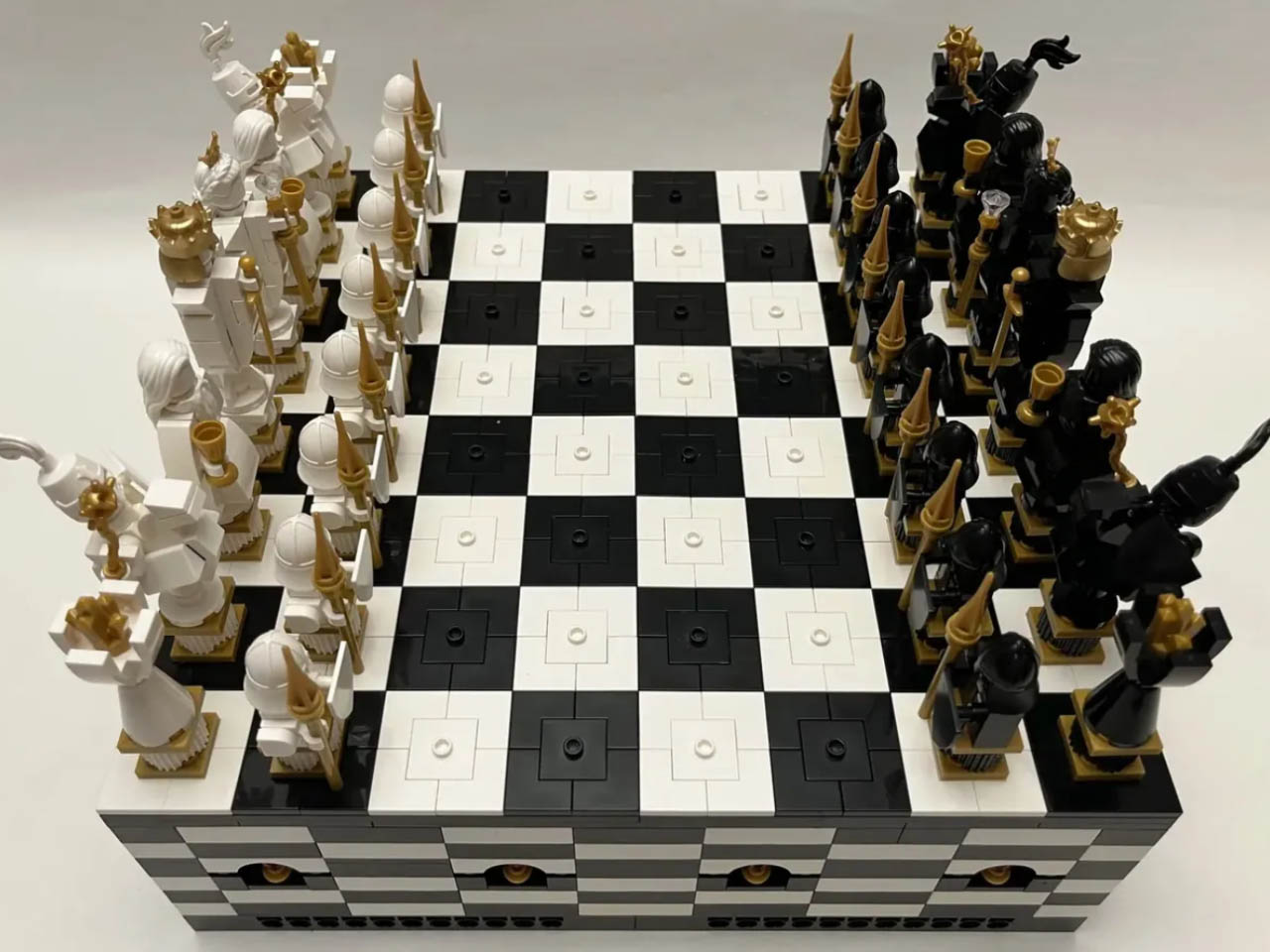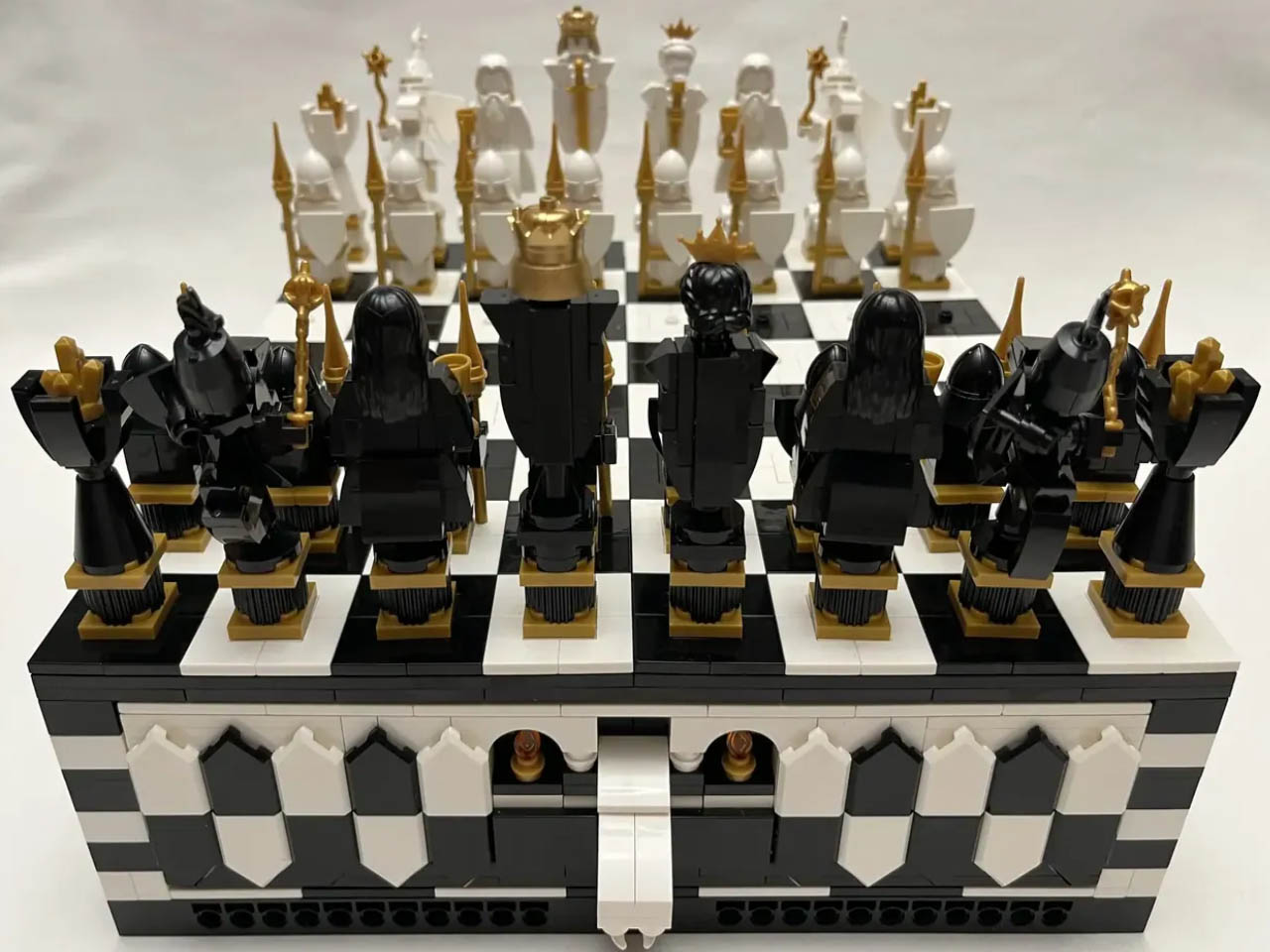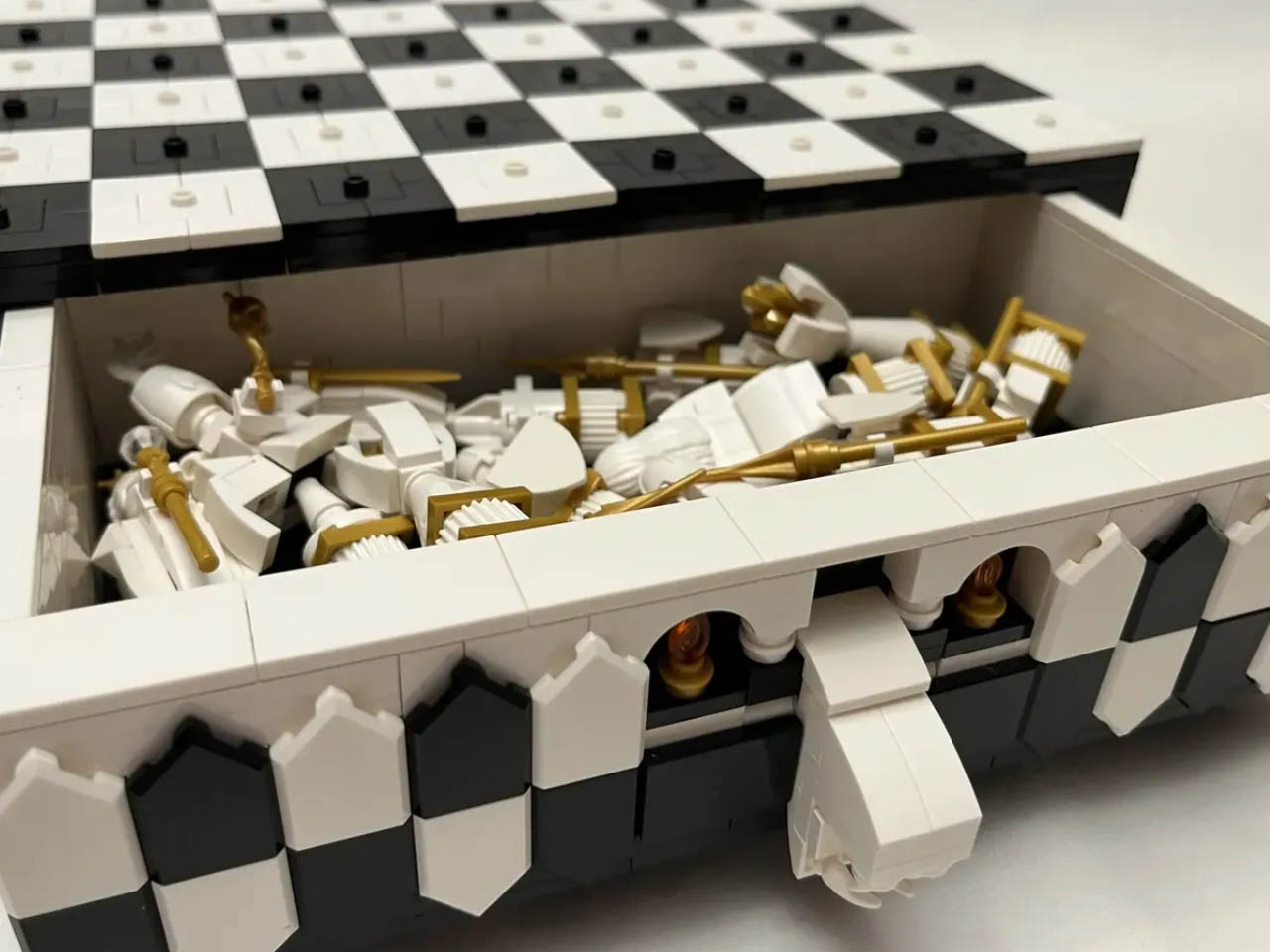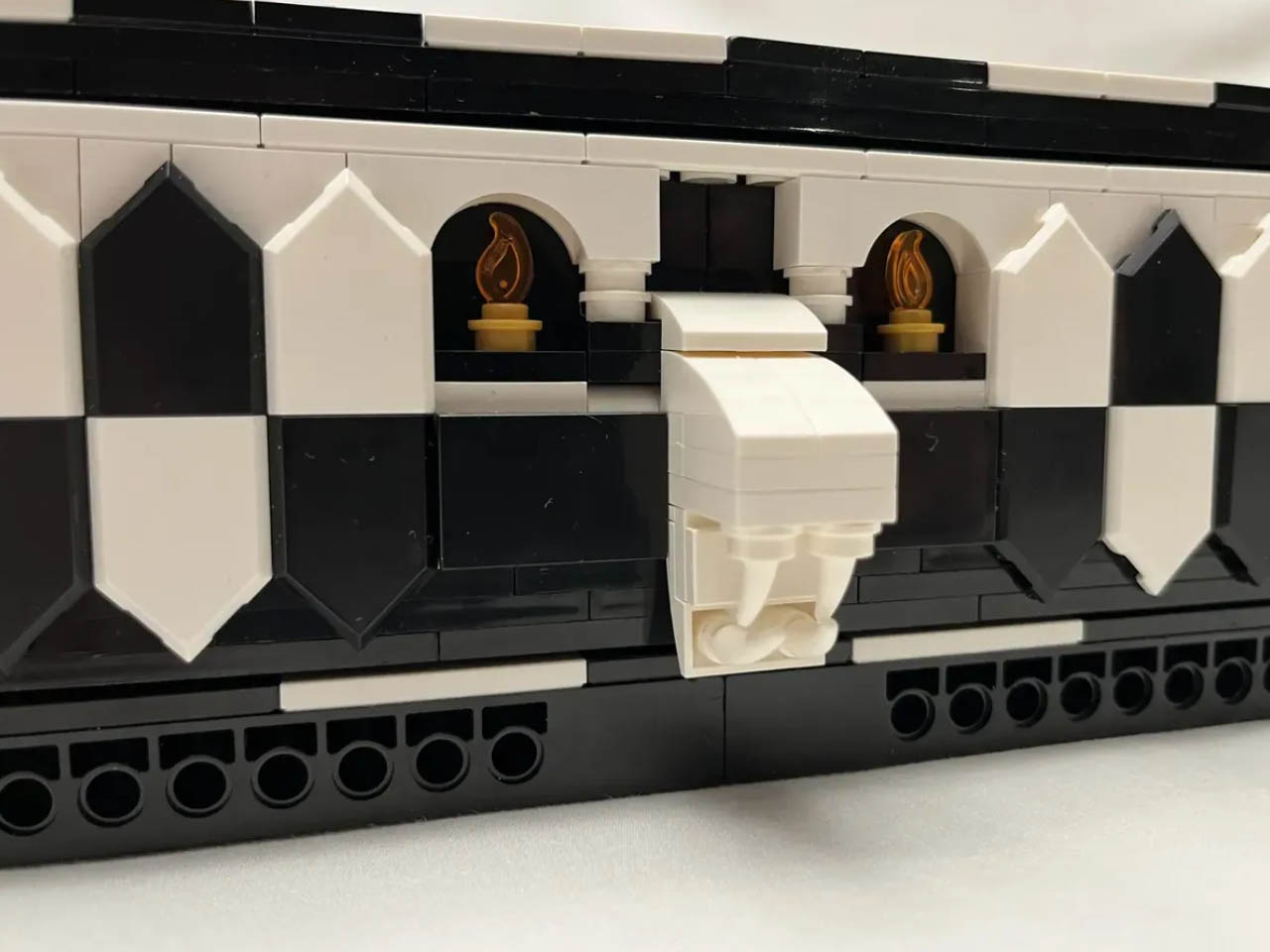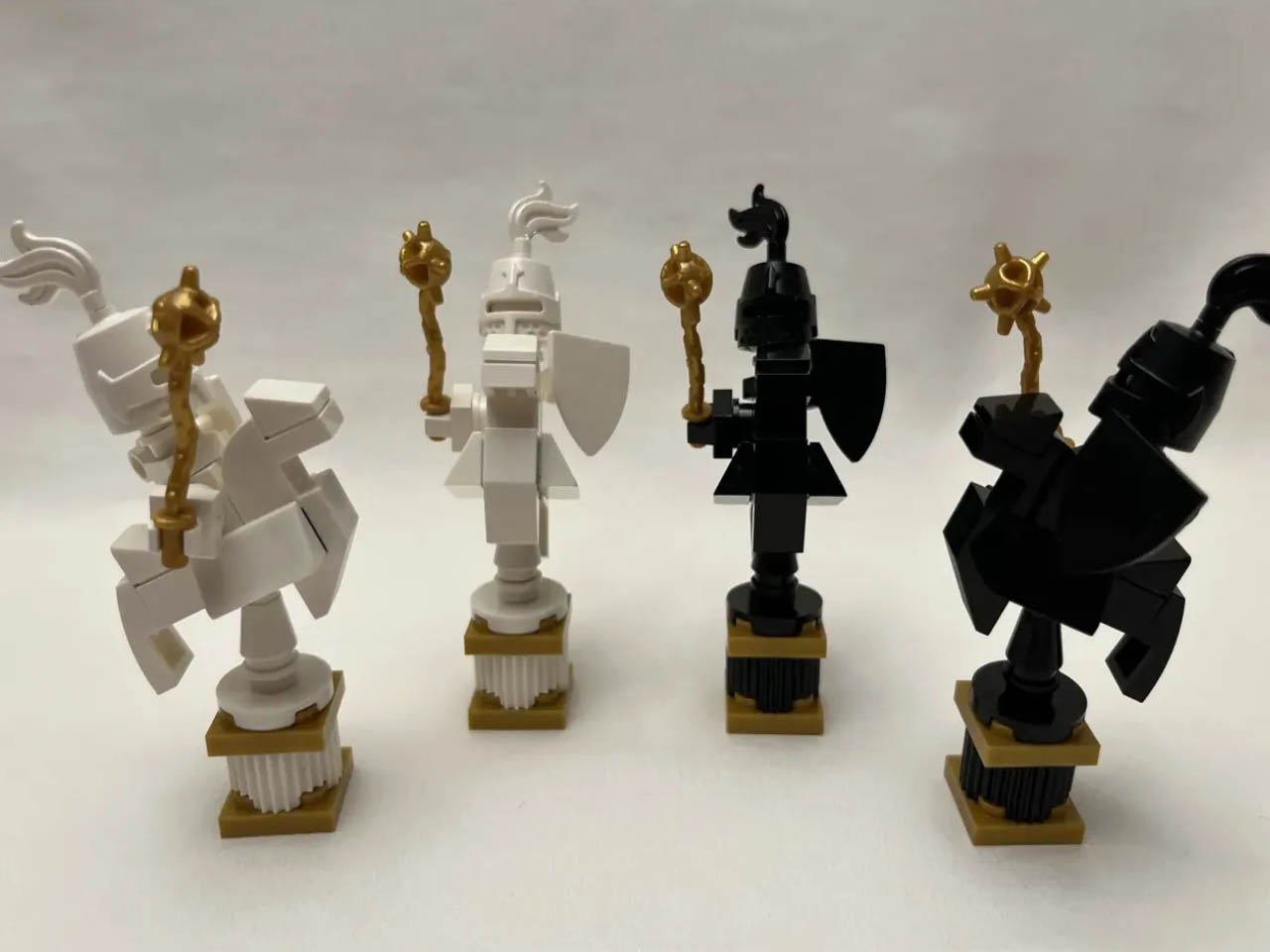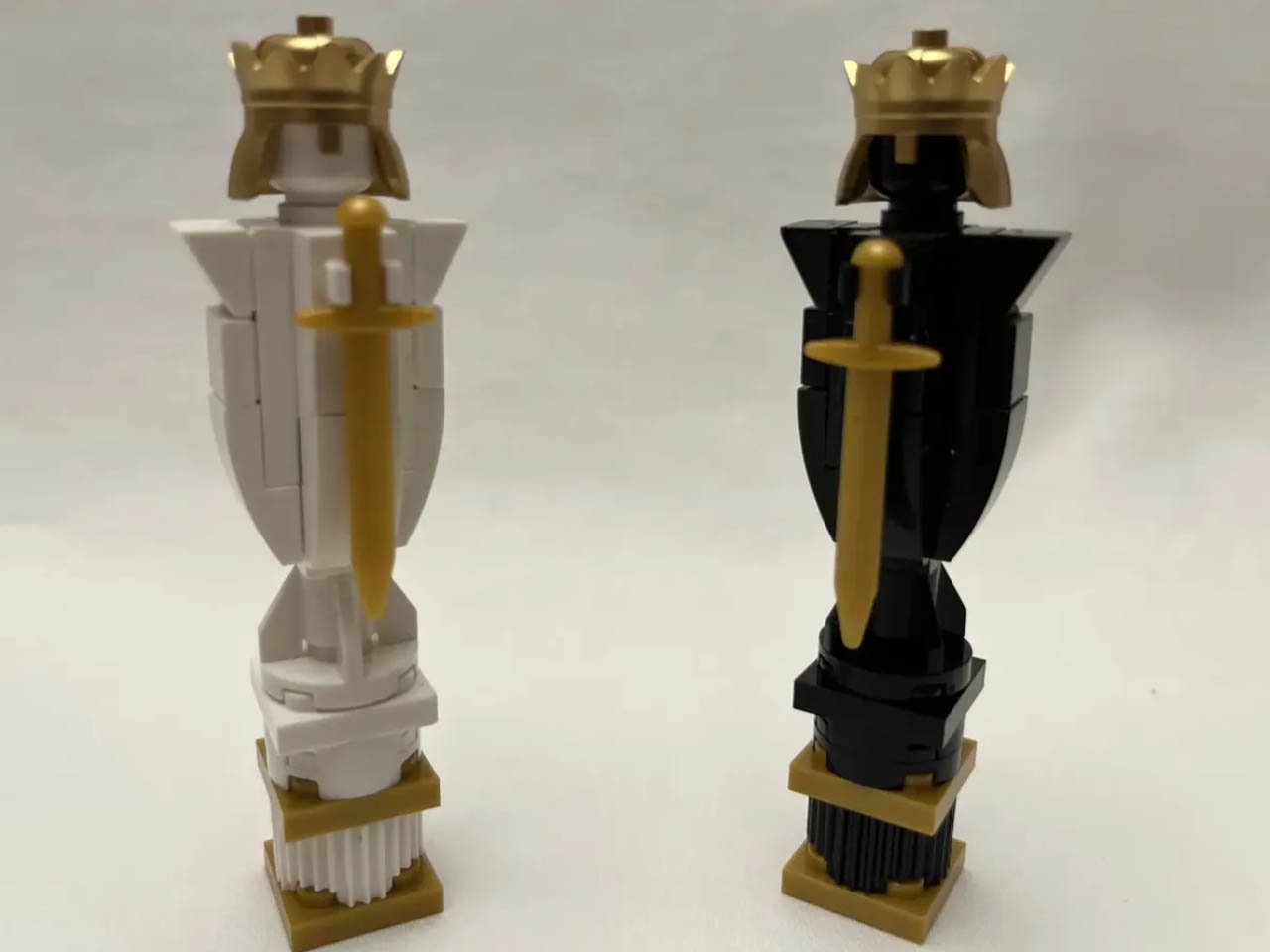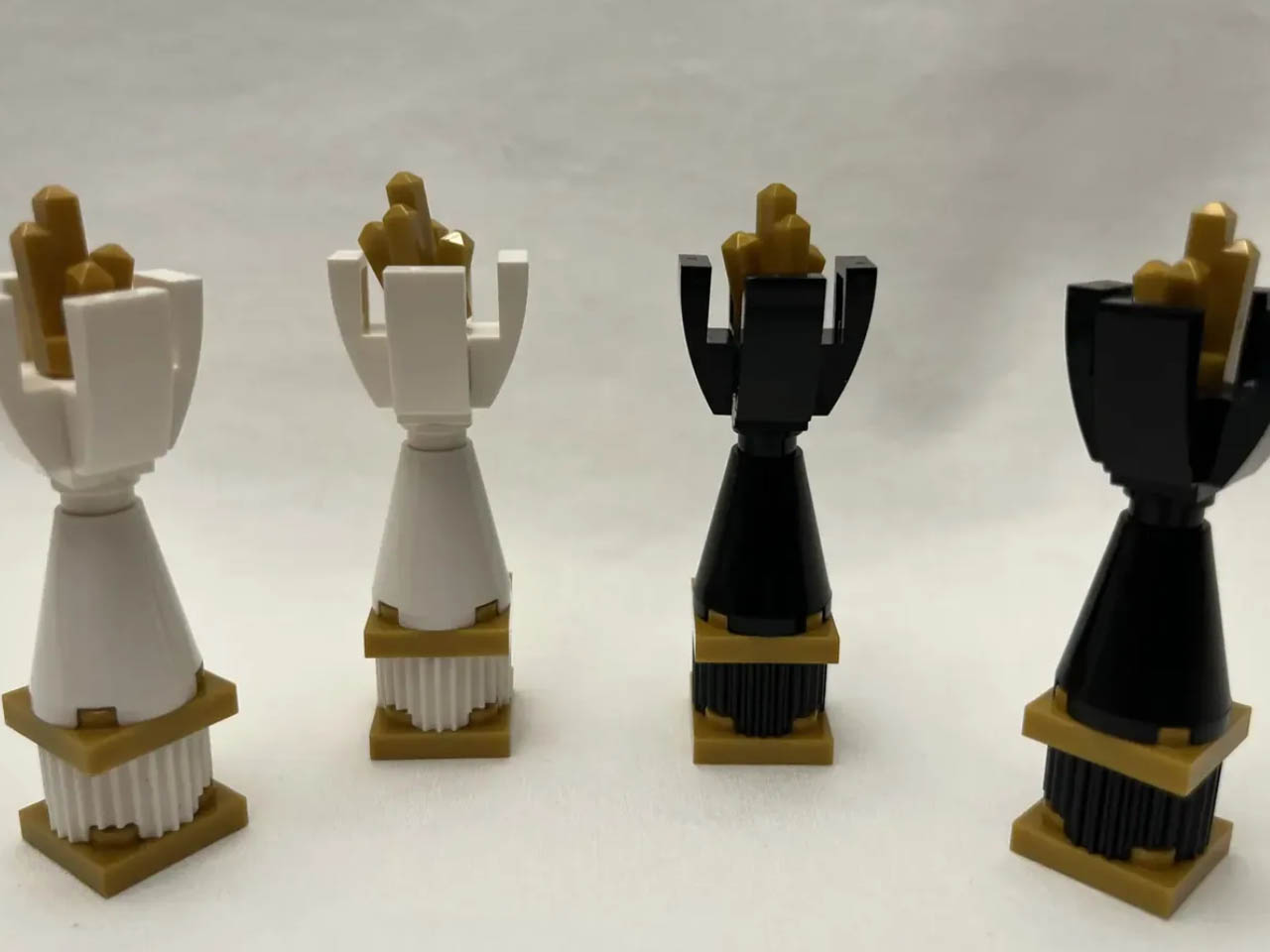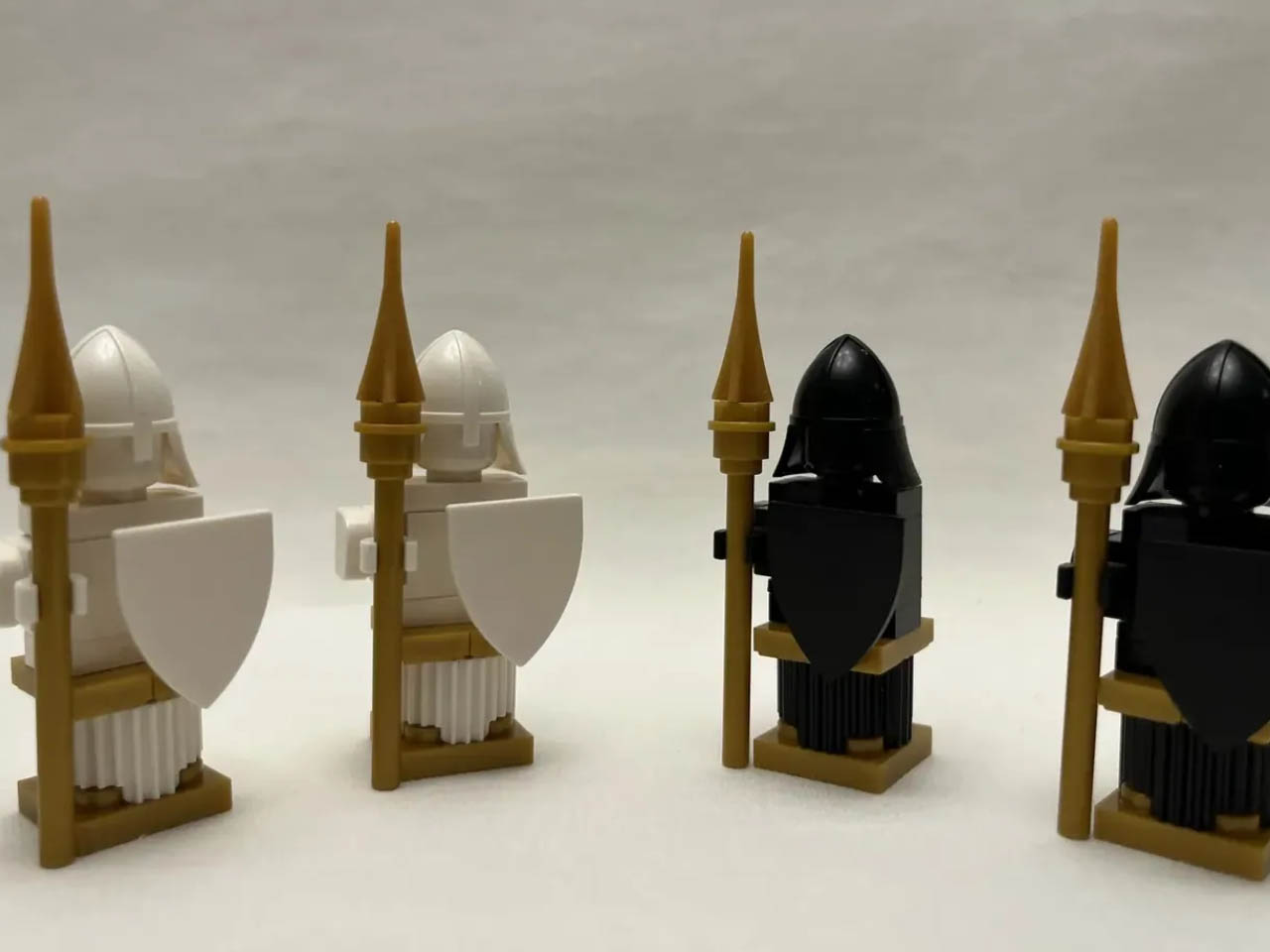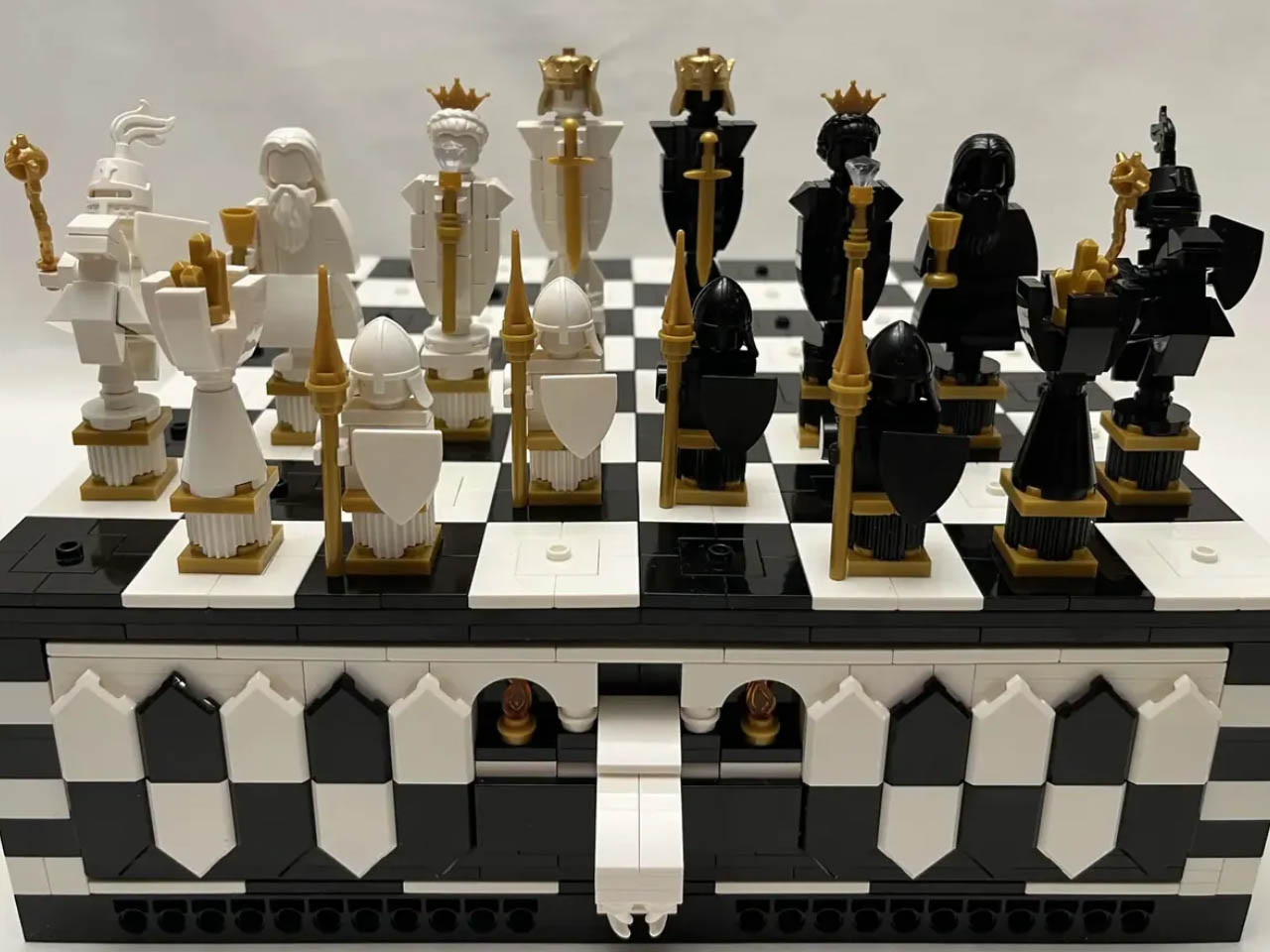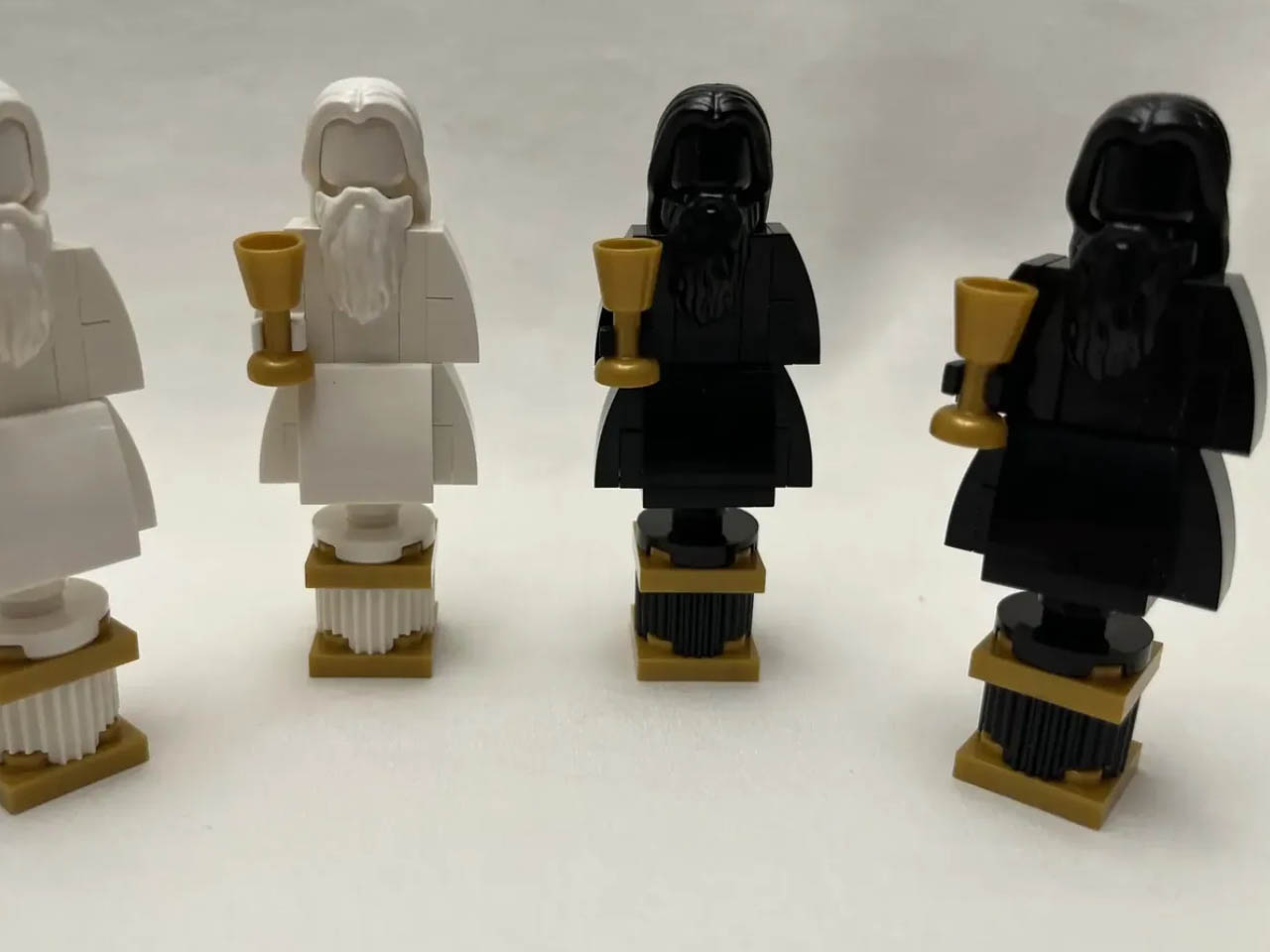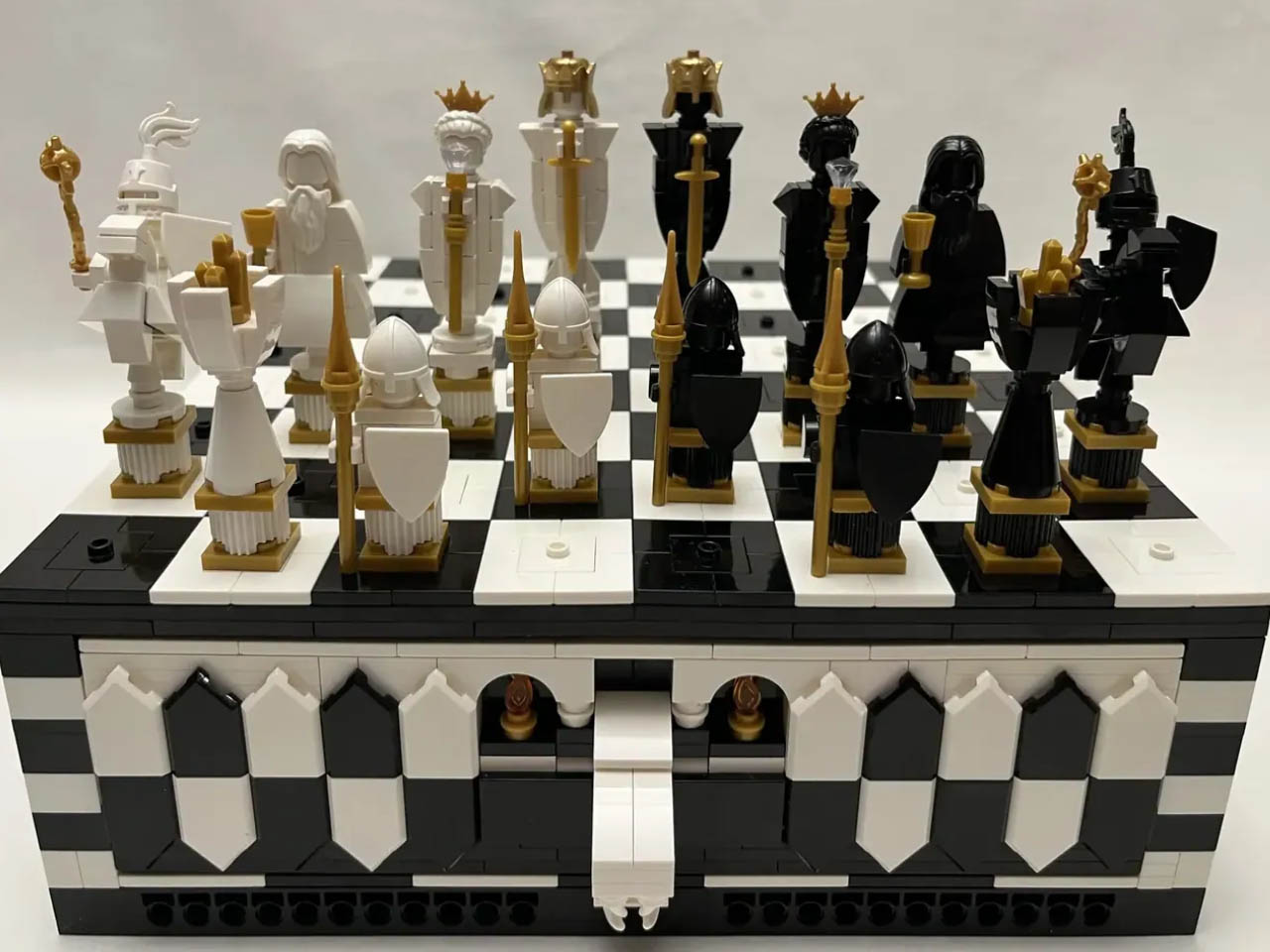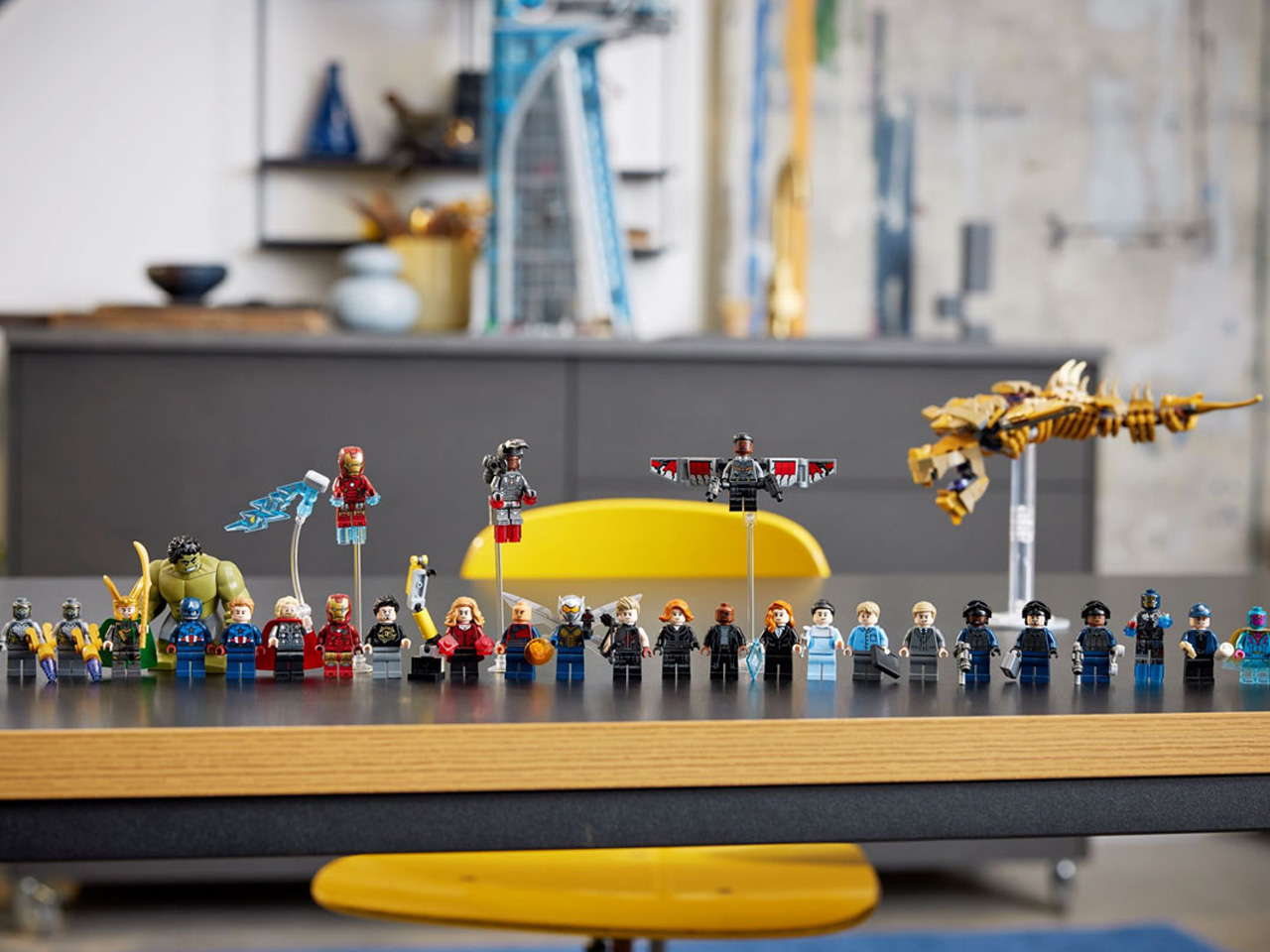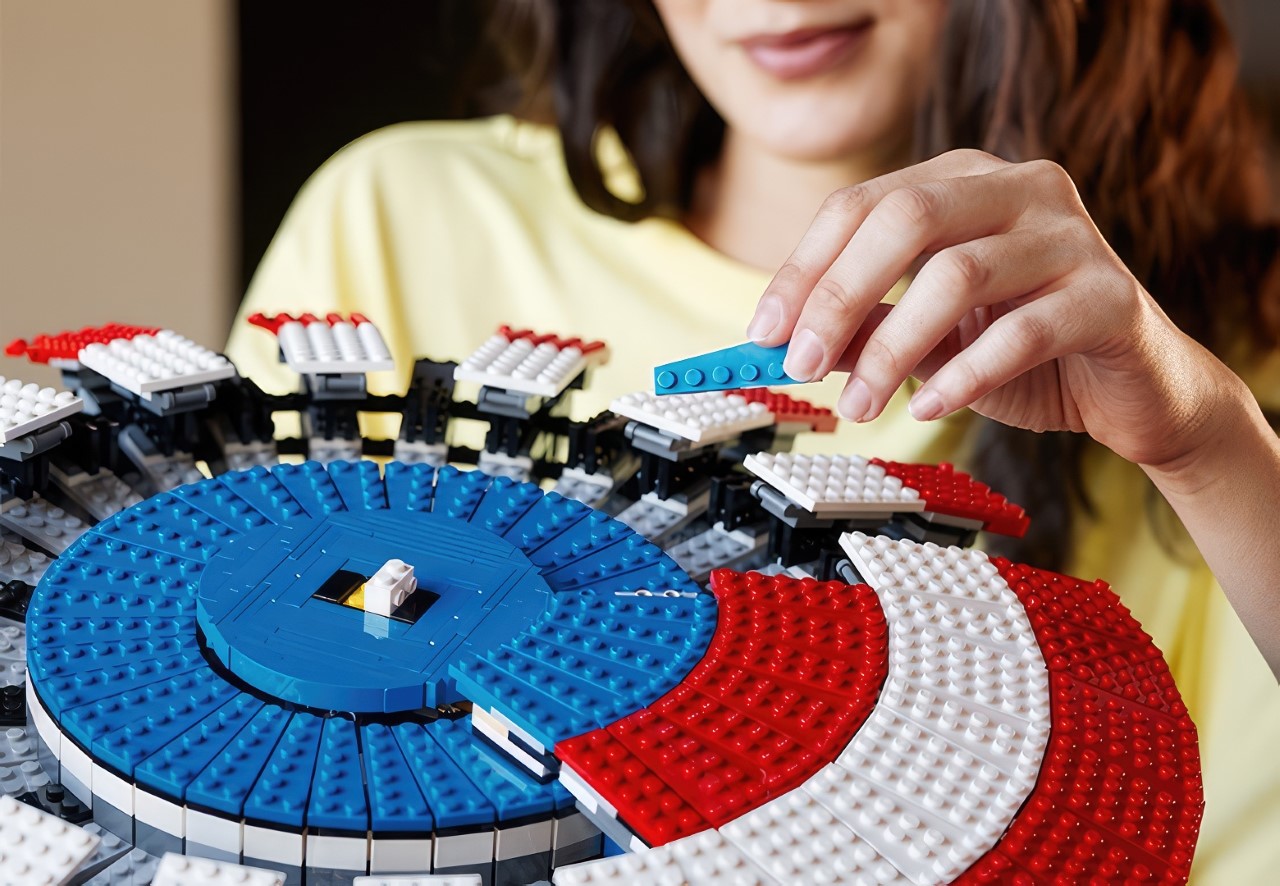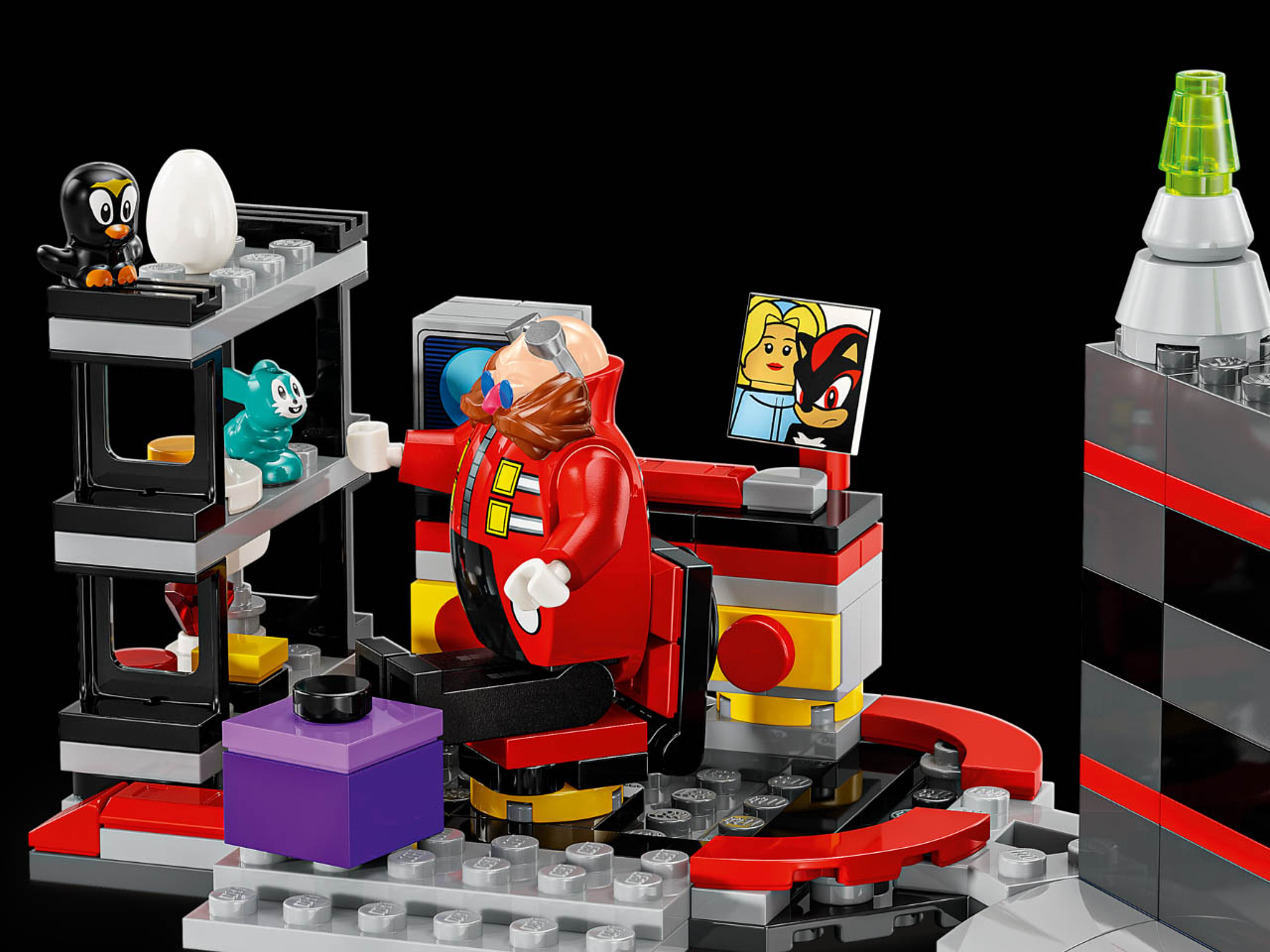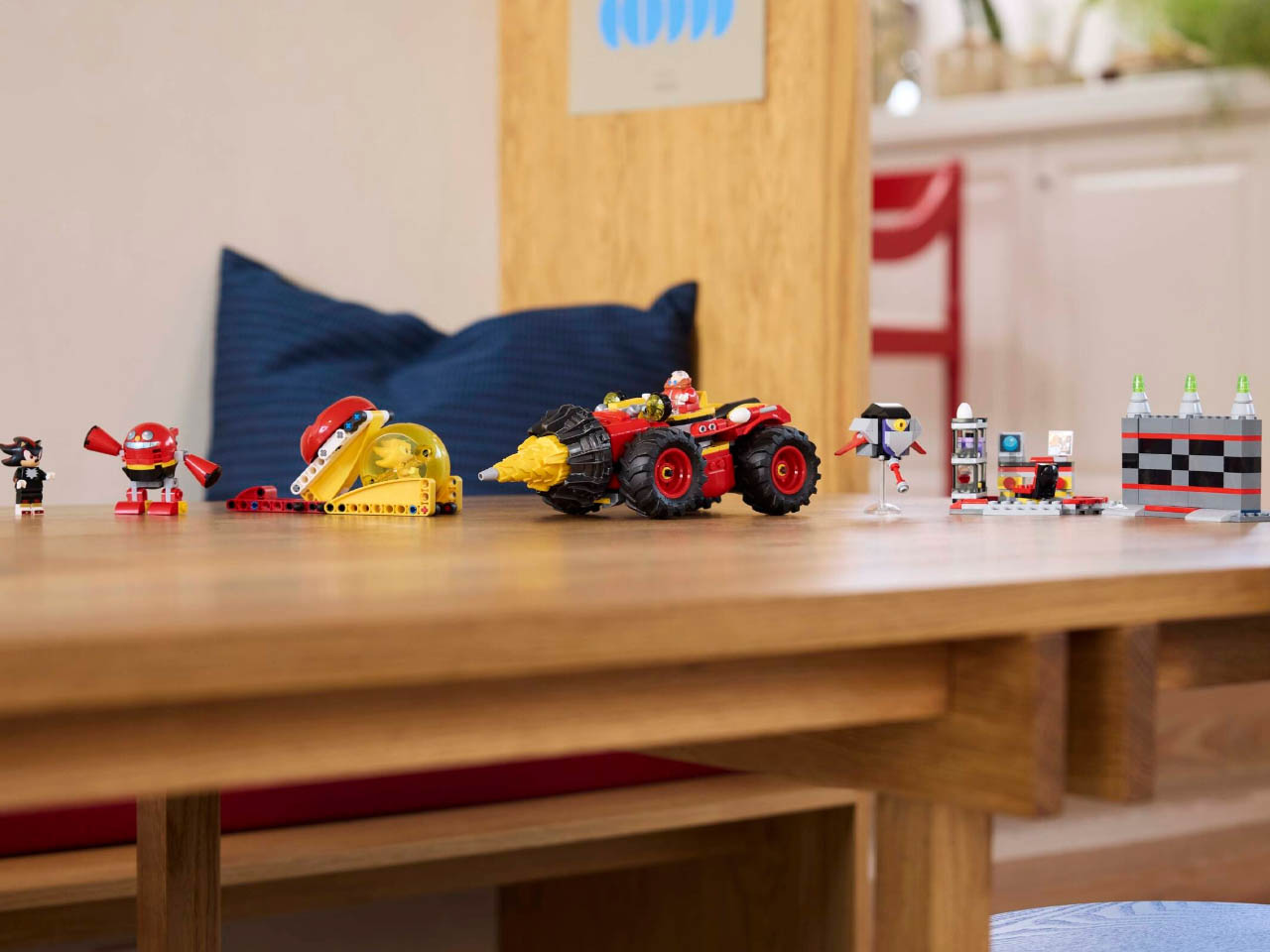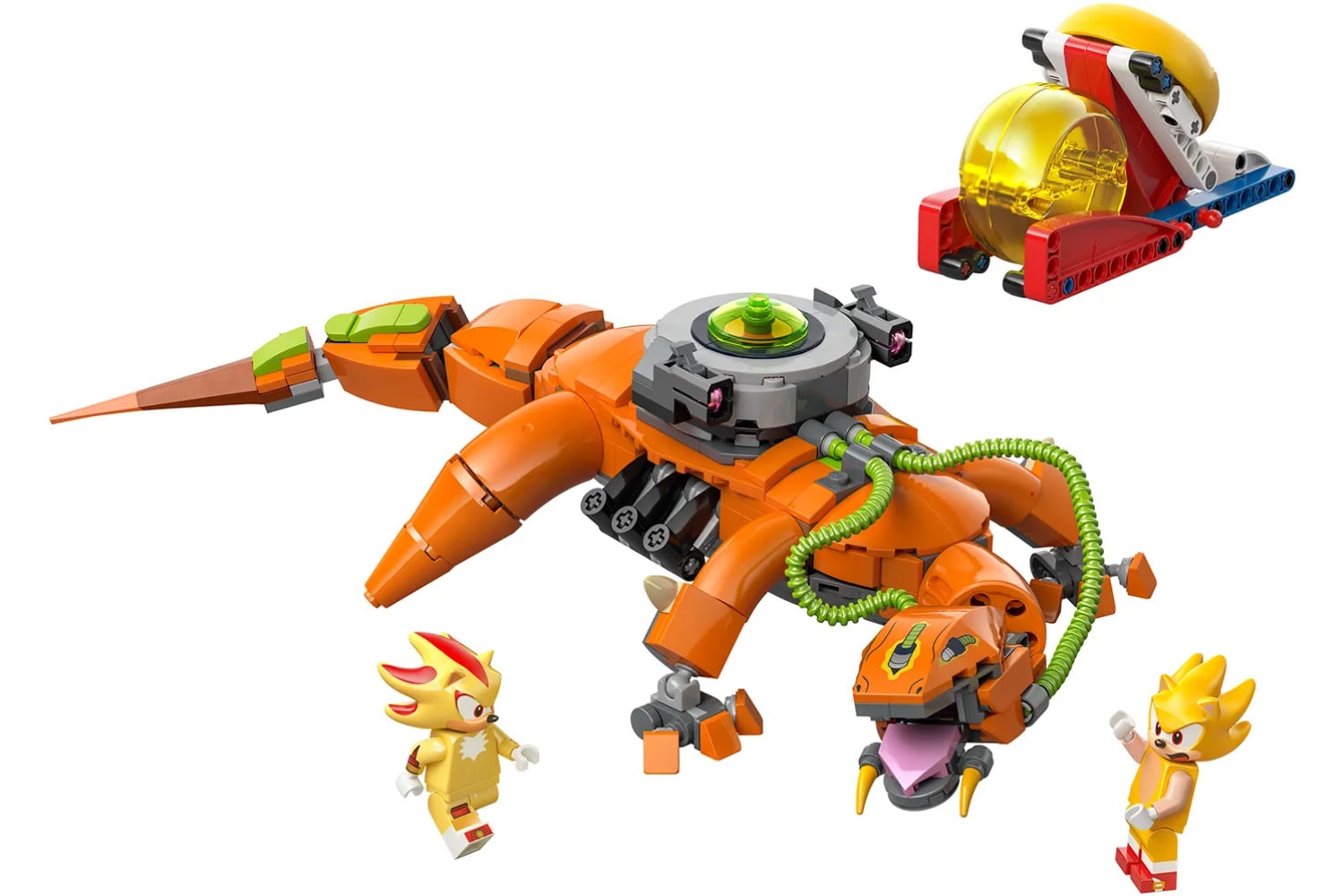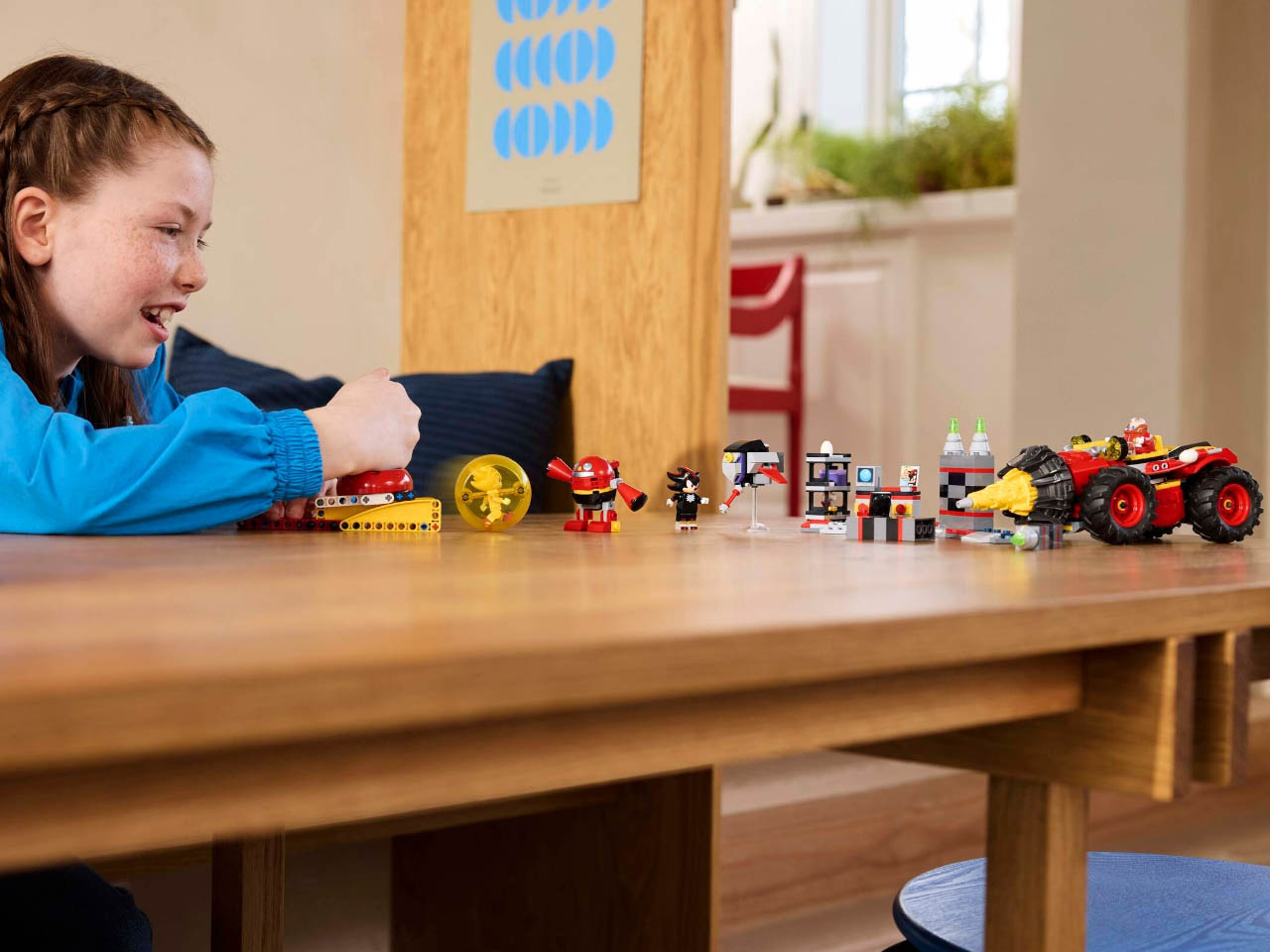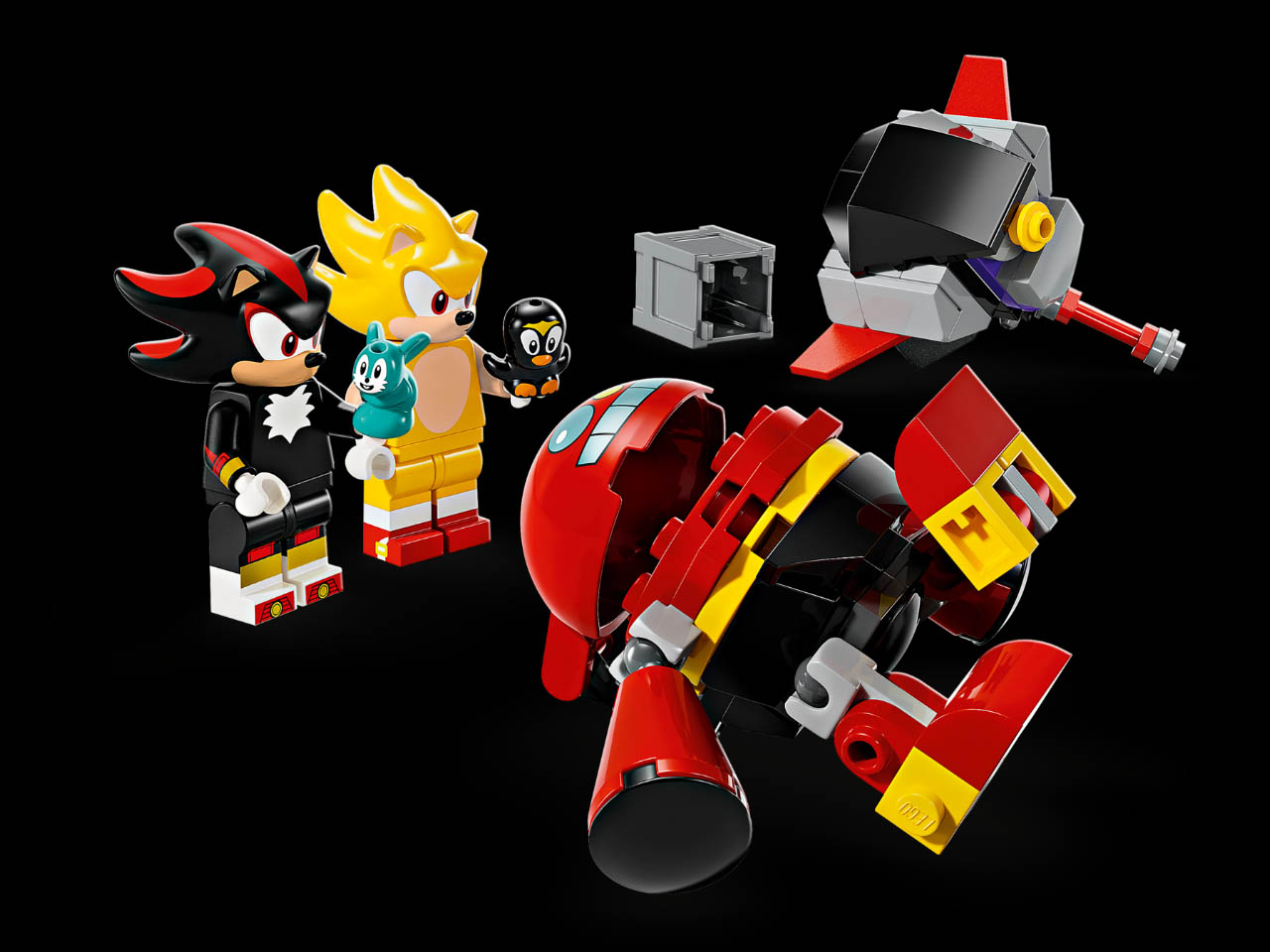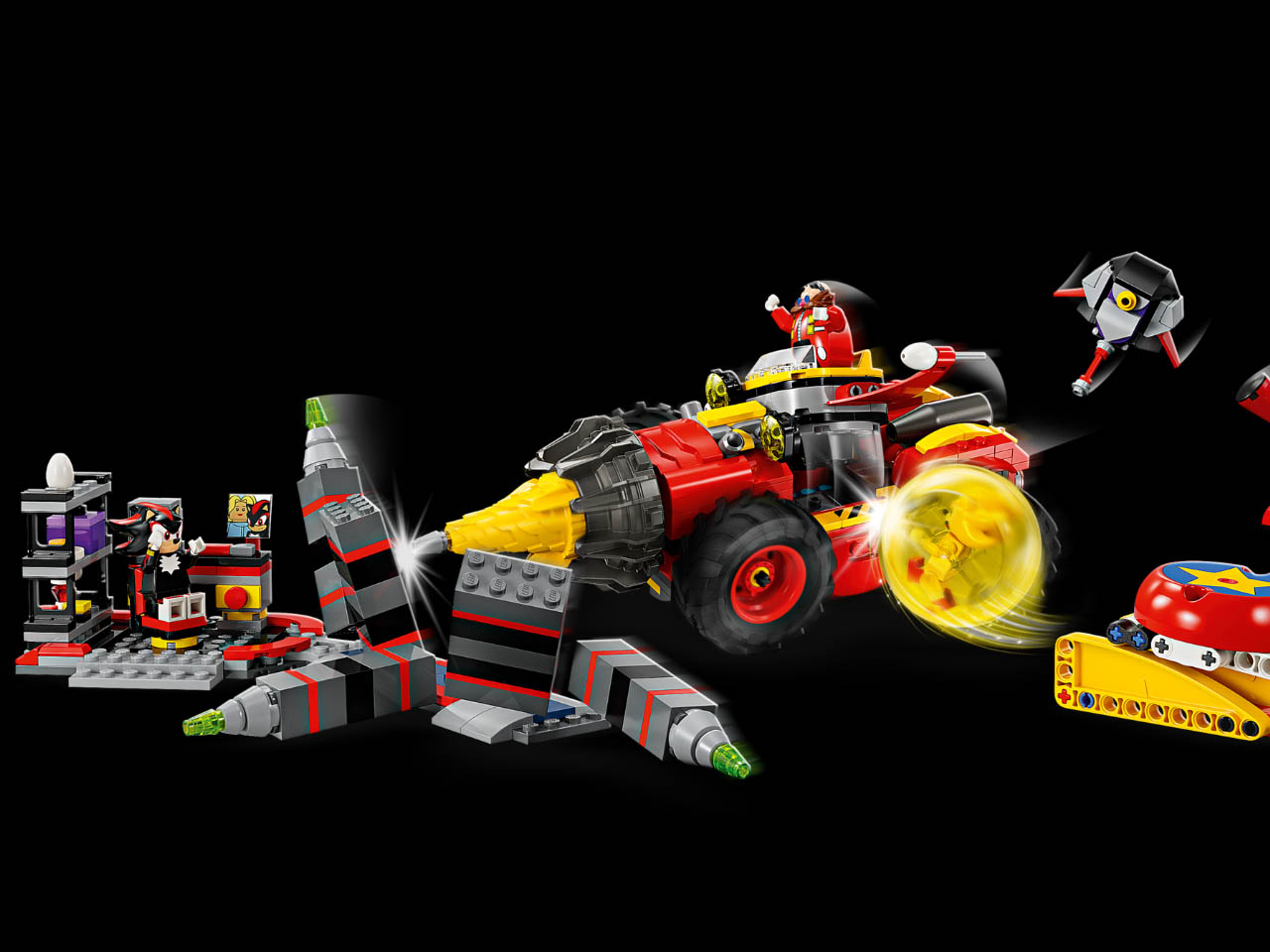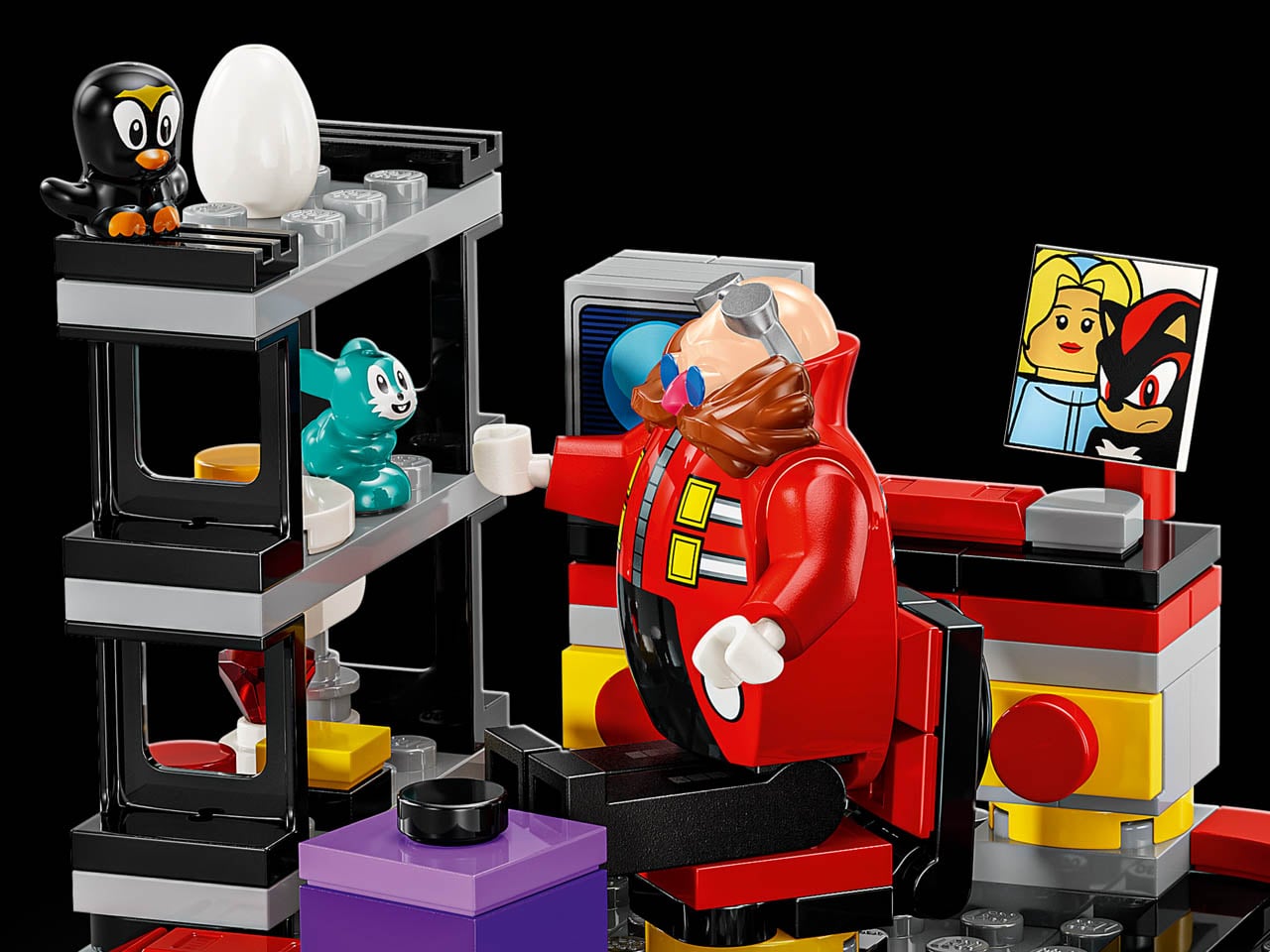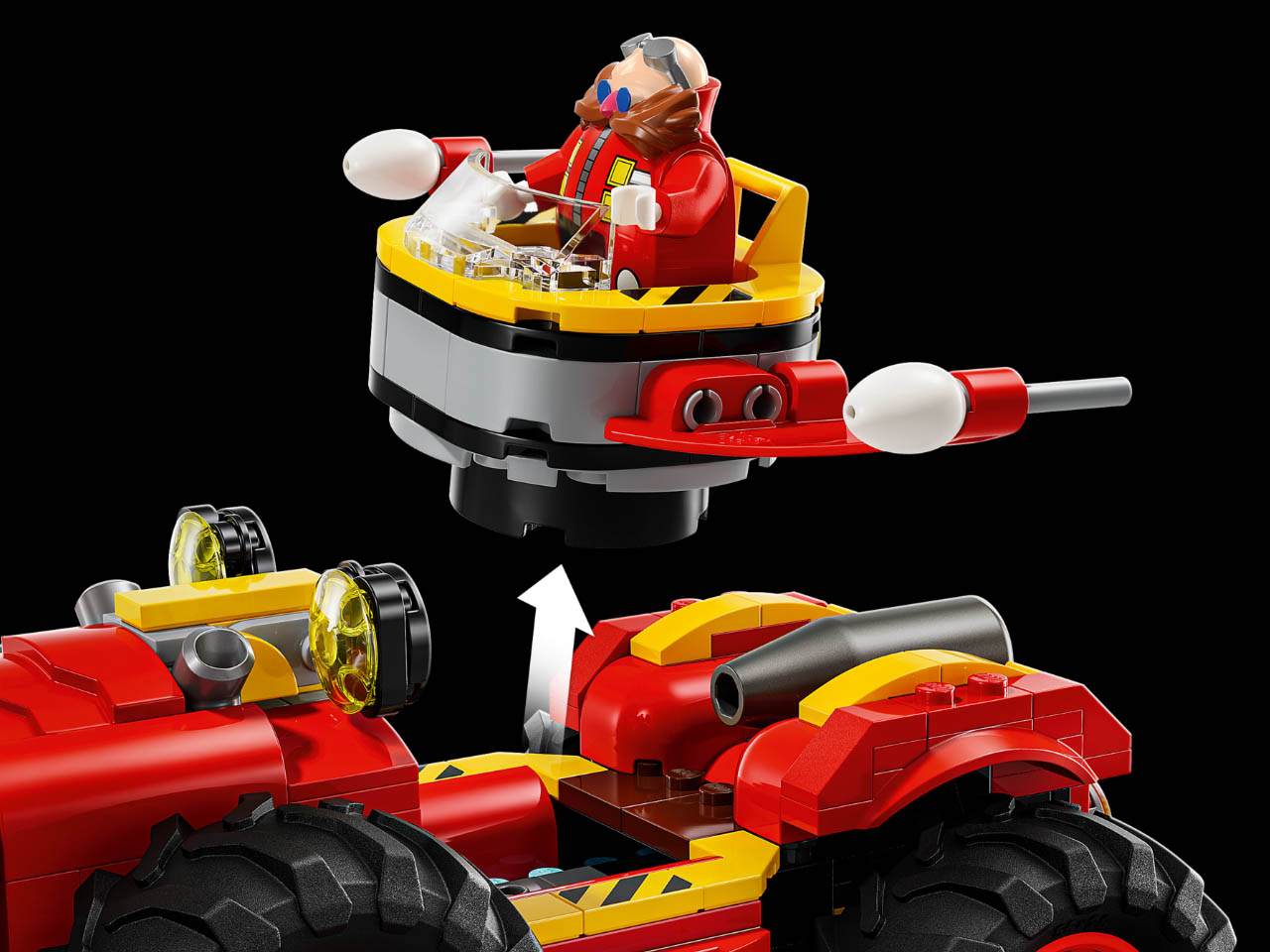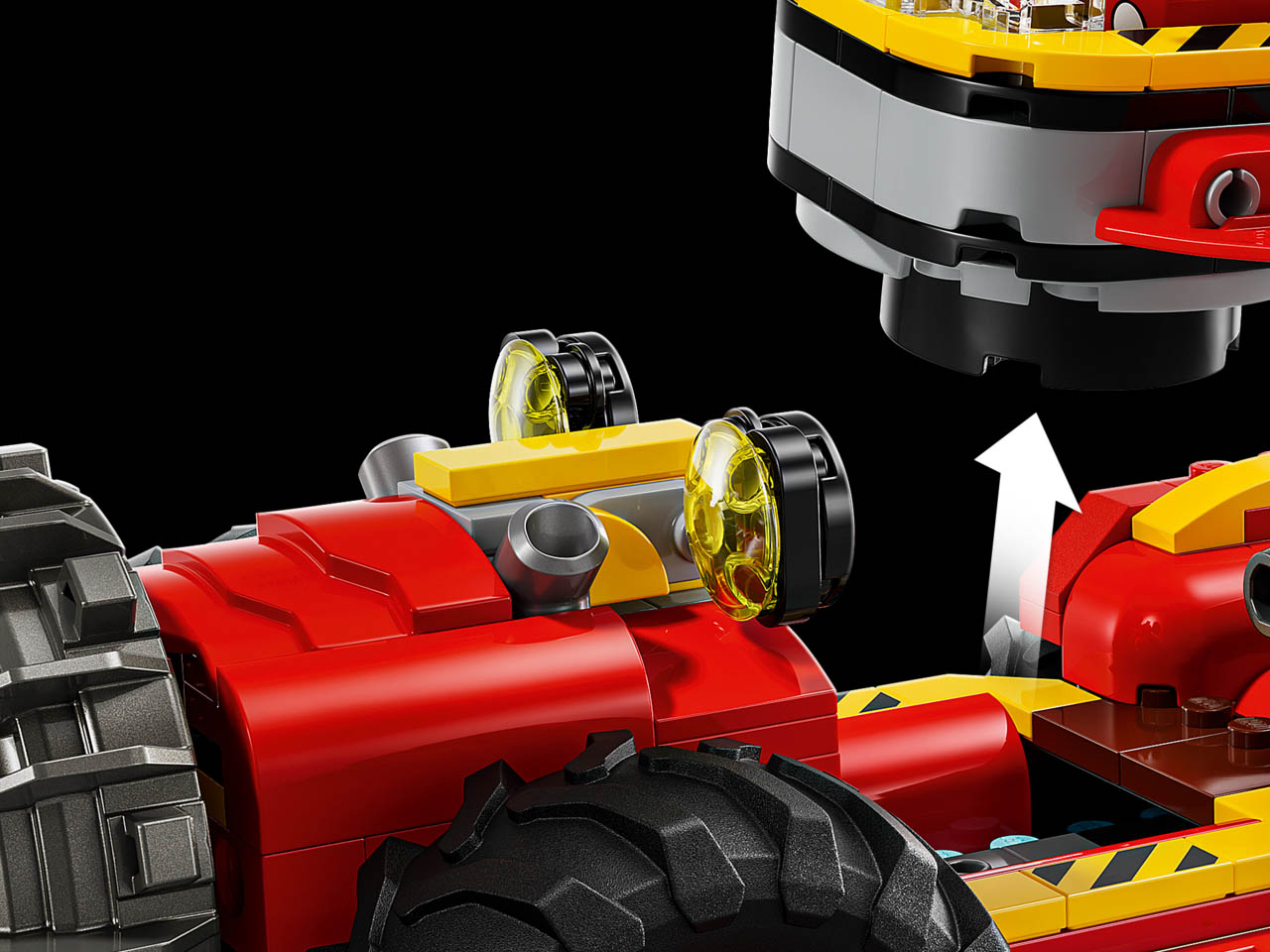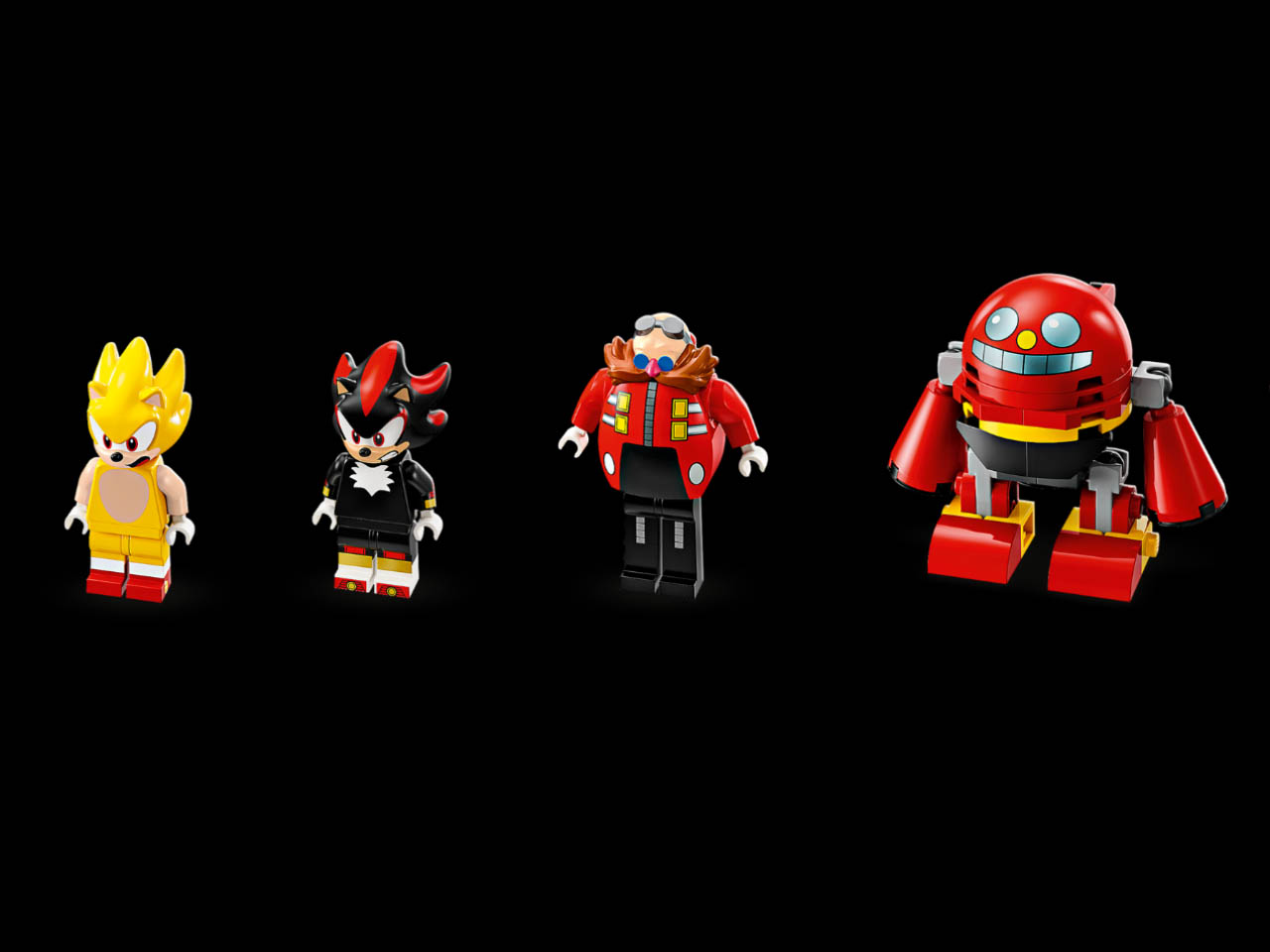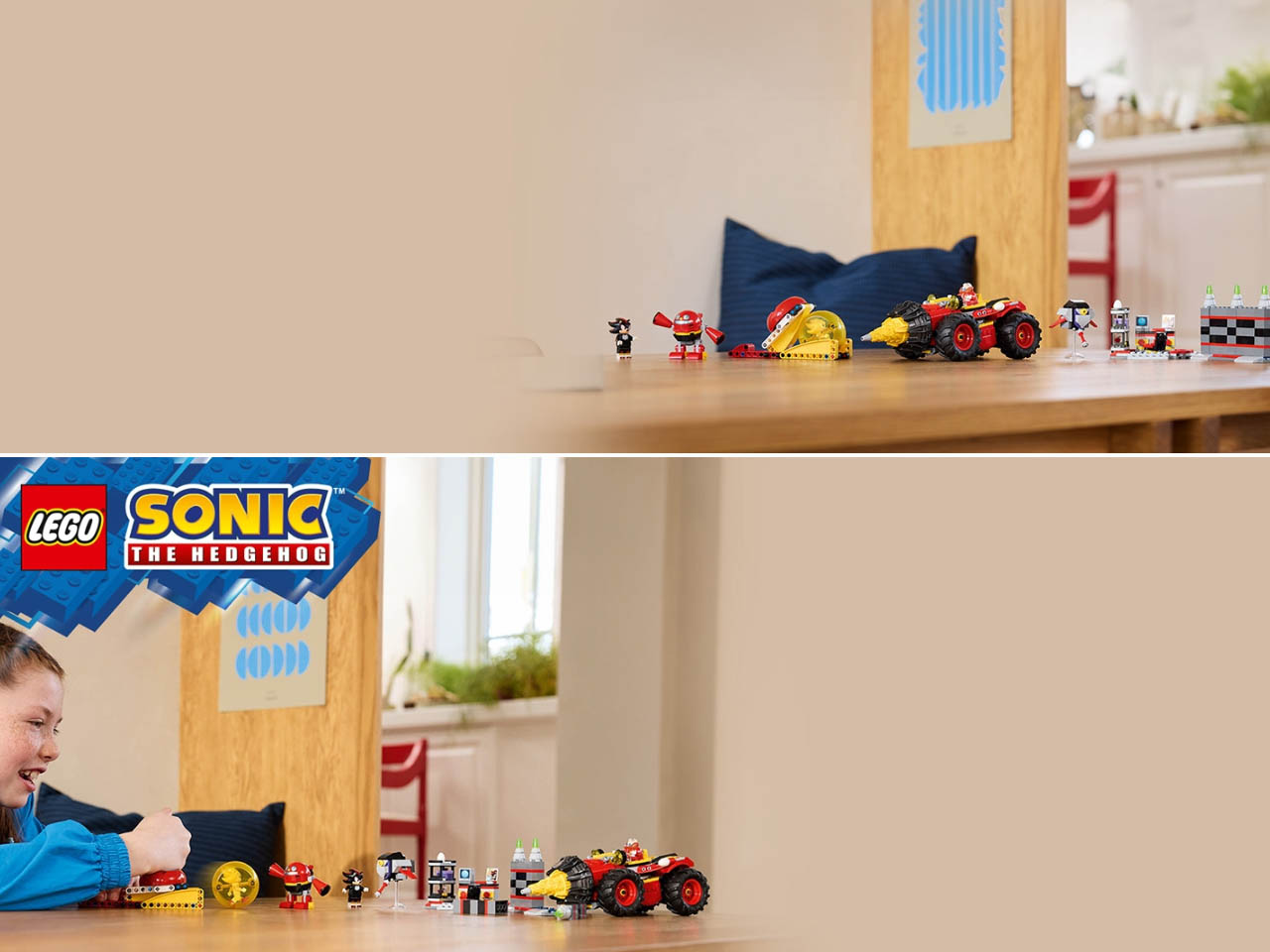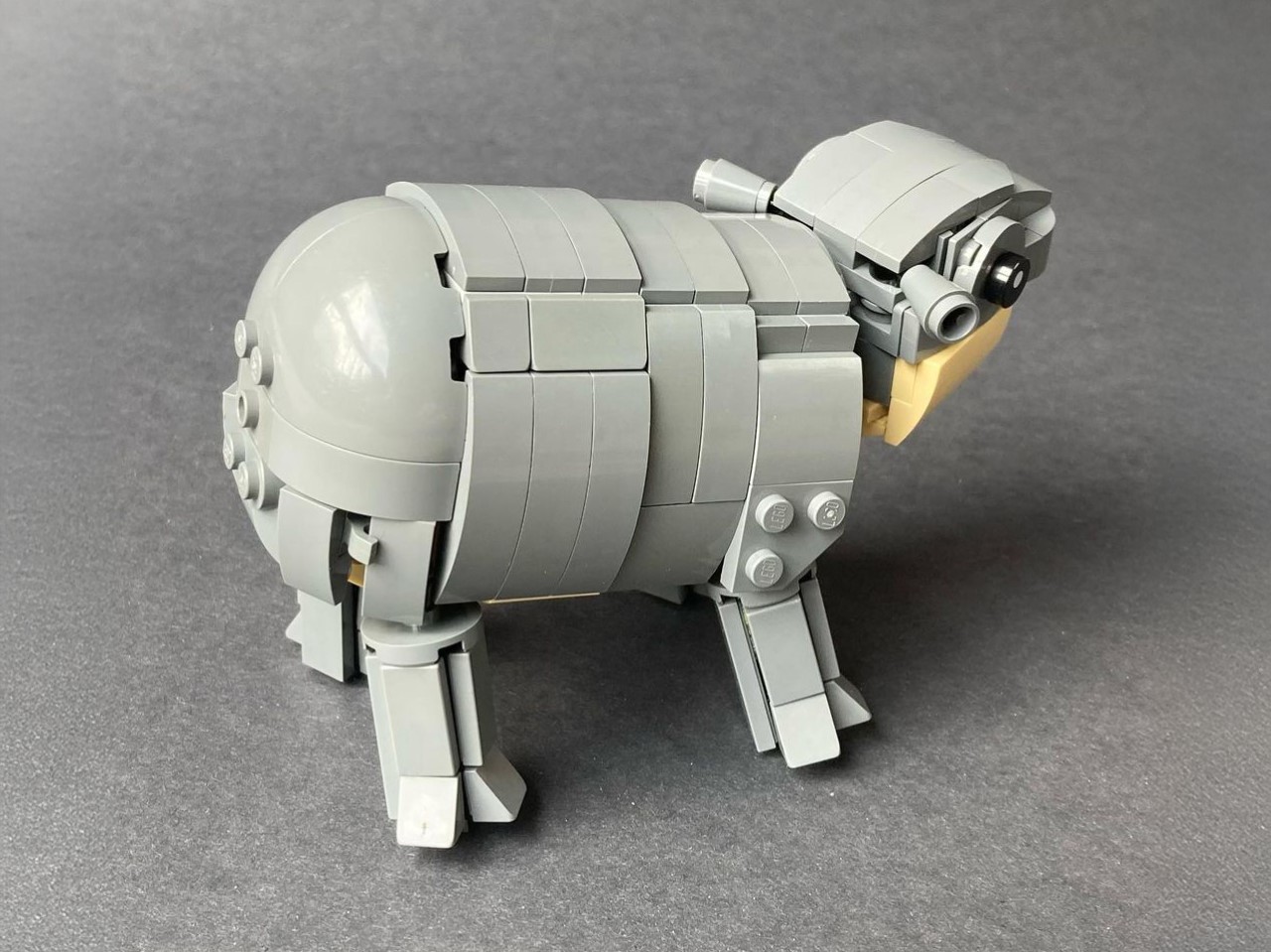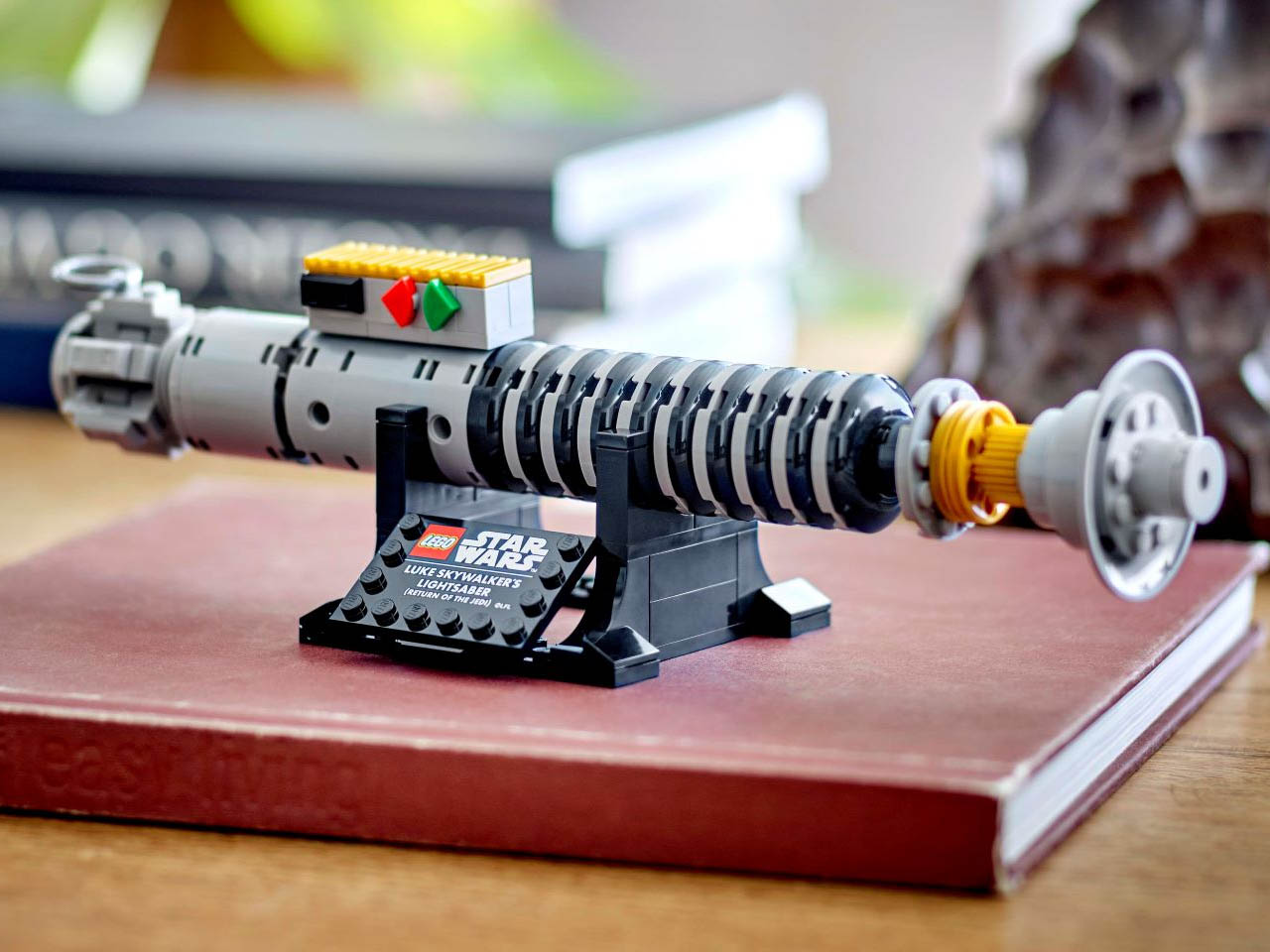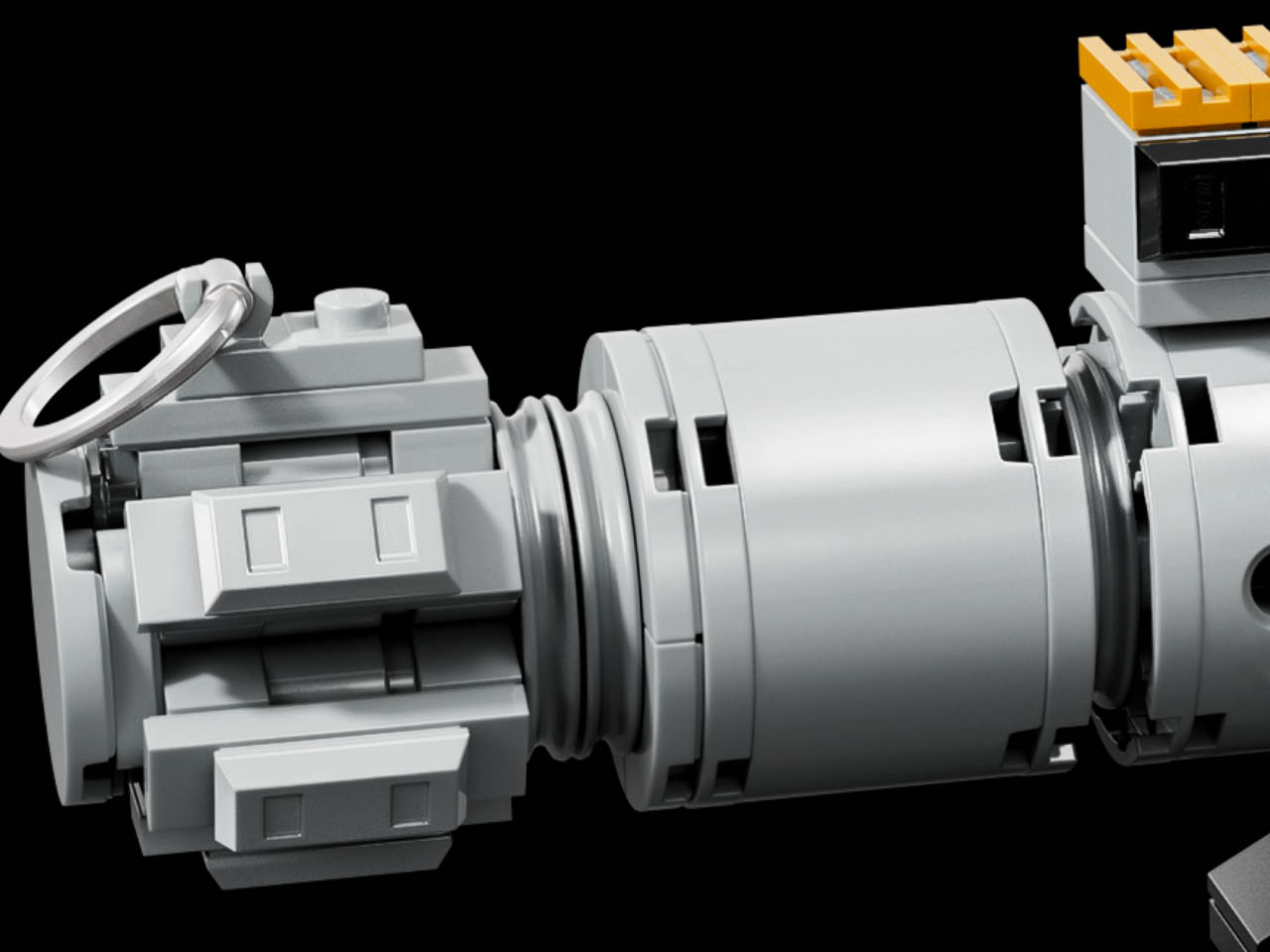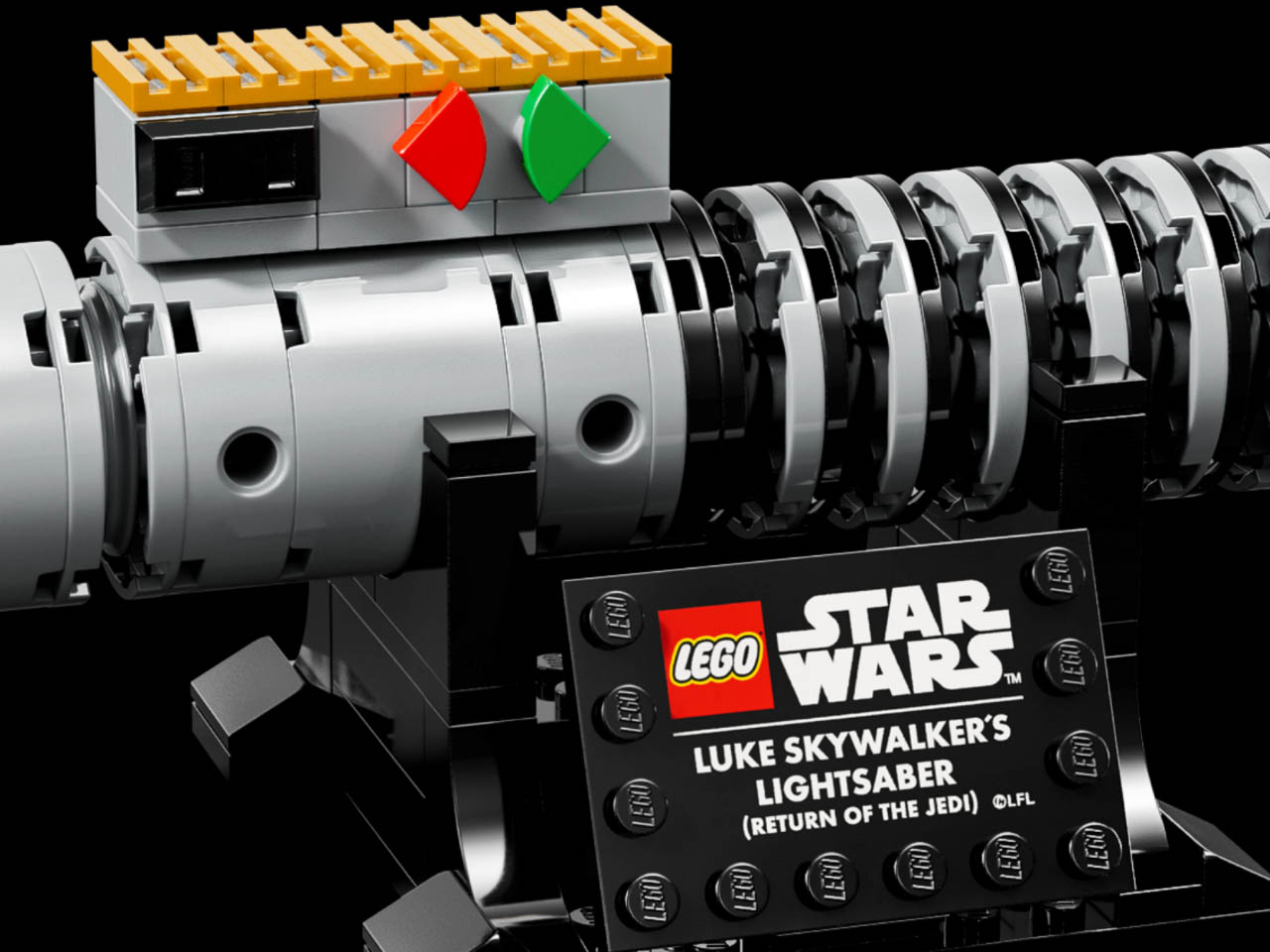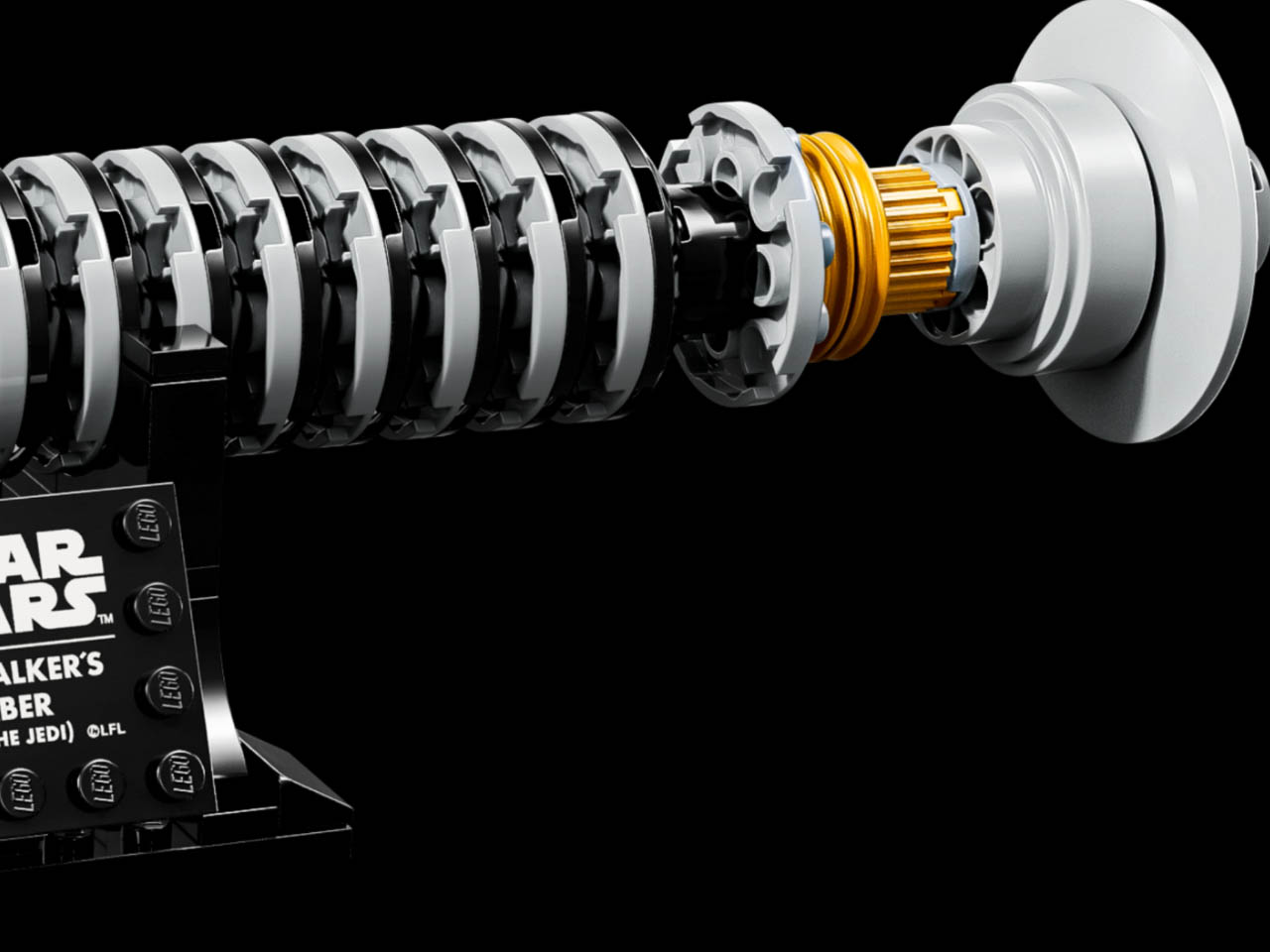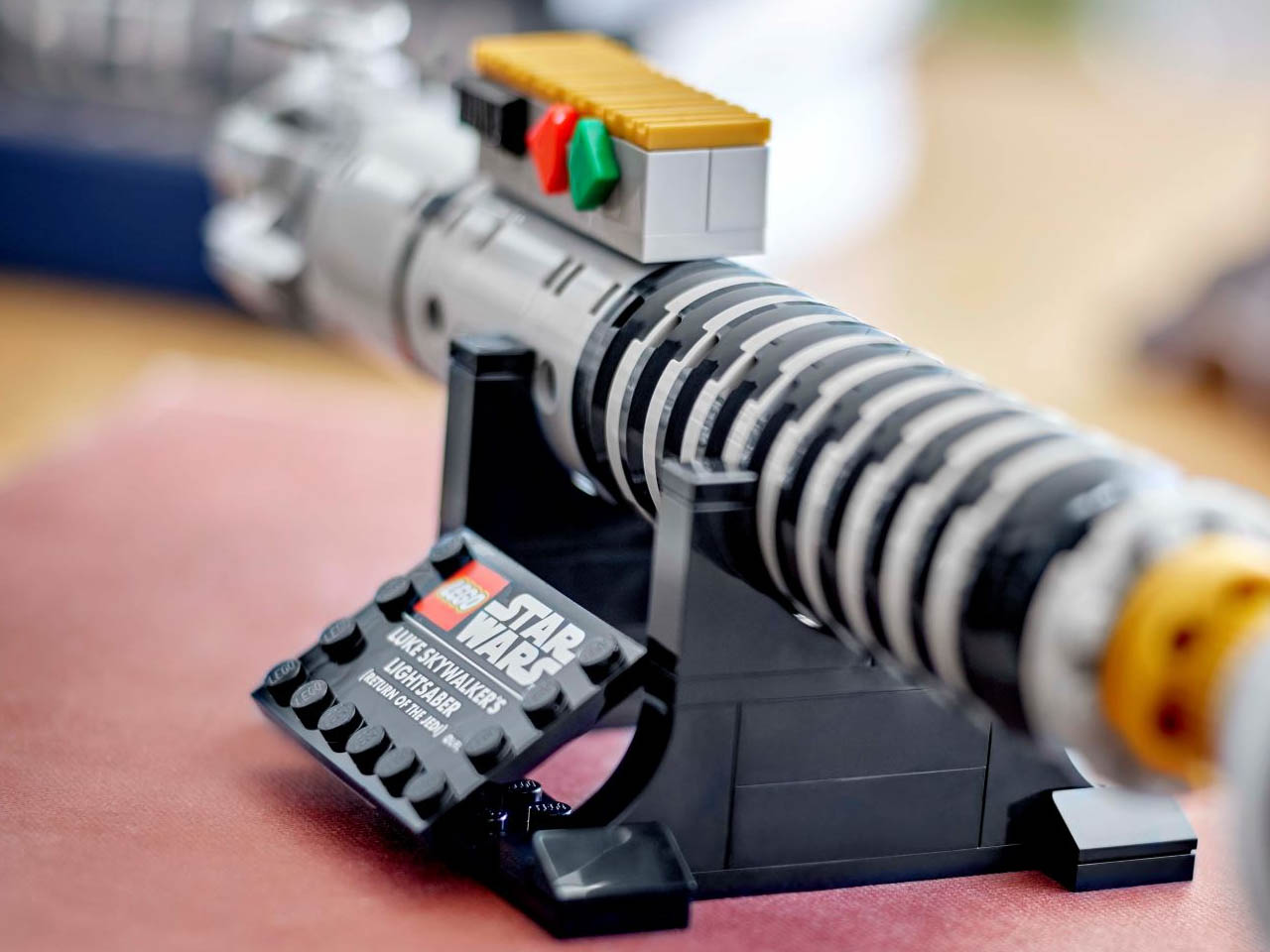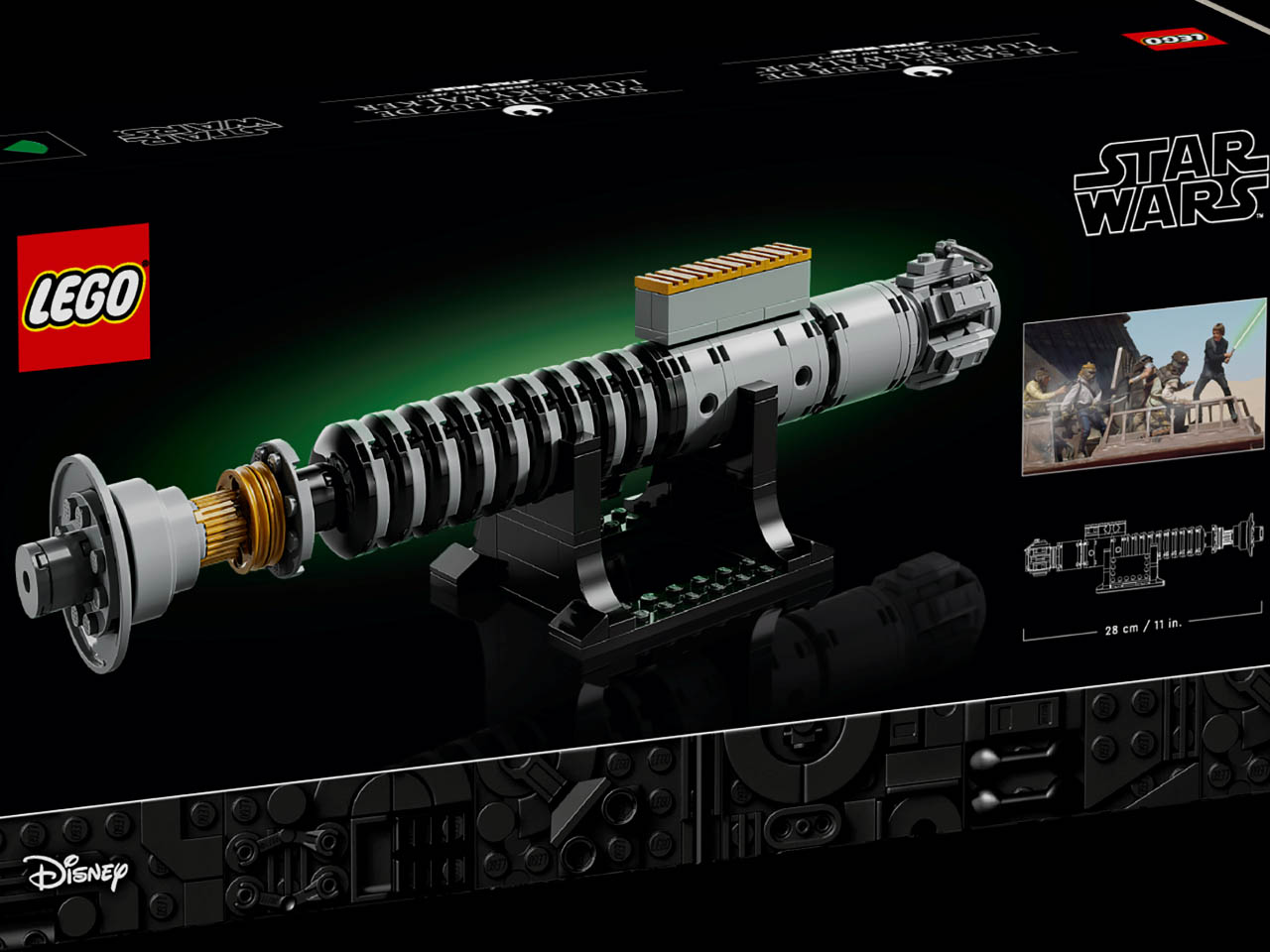The year, 1936. The Allied powers were facing certain defeat at the hands of a vastly more powerful and capable Germany, which had developed the Enigma Machine to send encrypted messages during the 2nd World War. Alan Turing, an English mathematician, was tasked with cracking the Enigma code to help the British decode Germany’s messages. If you’ve seen the 2014 thriller The Imitation Game, you’re familiar with how Alan Turing ended up building essentially the world’s first computer (if you haven’t seen the film I highly recommend it). The Turing Machine was the theoretical predecessor to that computer (called the Bombe), which helped the Allied powers win World War II. Turing machines theoretically describe any machine capable of processing algorithms, and while you’d expect these machines to be fairly advanced – a LEGO genius managed to build the first operational Turing Machine entirely using LEGO bricks. No no… this isn’t a sculpture or decorative model of a Turing Machine, it’s an actual device capable of ‘computing’ algorithms – and here’s the kicker – it does so without electricity.
Designer: The Bananaman

The concept behind the Turing Machine might feel like it’s pulled straight from a cryptographer’s textbook, but this model makes it strikingly tangible. The idea is simple yet profound: a machine that can compute any algorithm, as long as it’s provided with the right instructions. Turing’s original concept relied on a tape, infinitely long in theory, with symbols written on it. The LEGO version mimics this setup with a physical tape and a moveable “head” that reads, writes, and moves across the tape based on the machine’s current state. There are four possible symbols and eight possible states, which gives us 32 potential symbol-state combinations. The instructions for each combination are packed into 7 bits, taking up 224 bits overall. For context, that’s 14 bytes—a strikingly small memory footprint in the world of modern computing, yet capable of running nearly limitless programs.

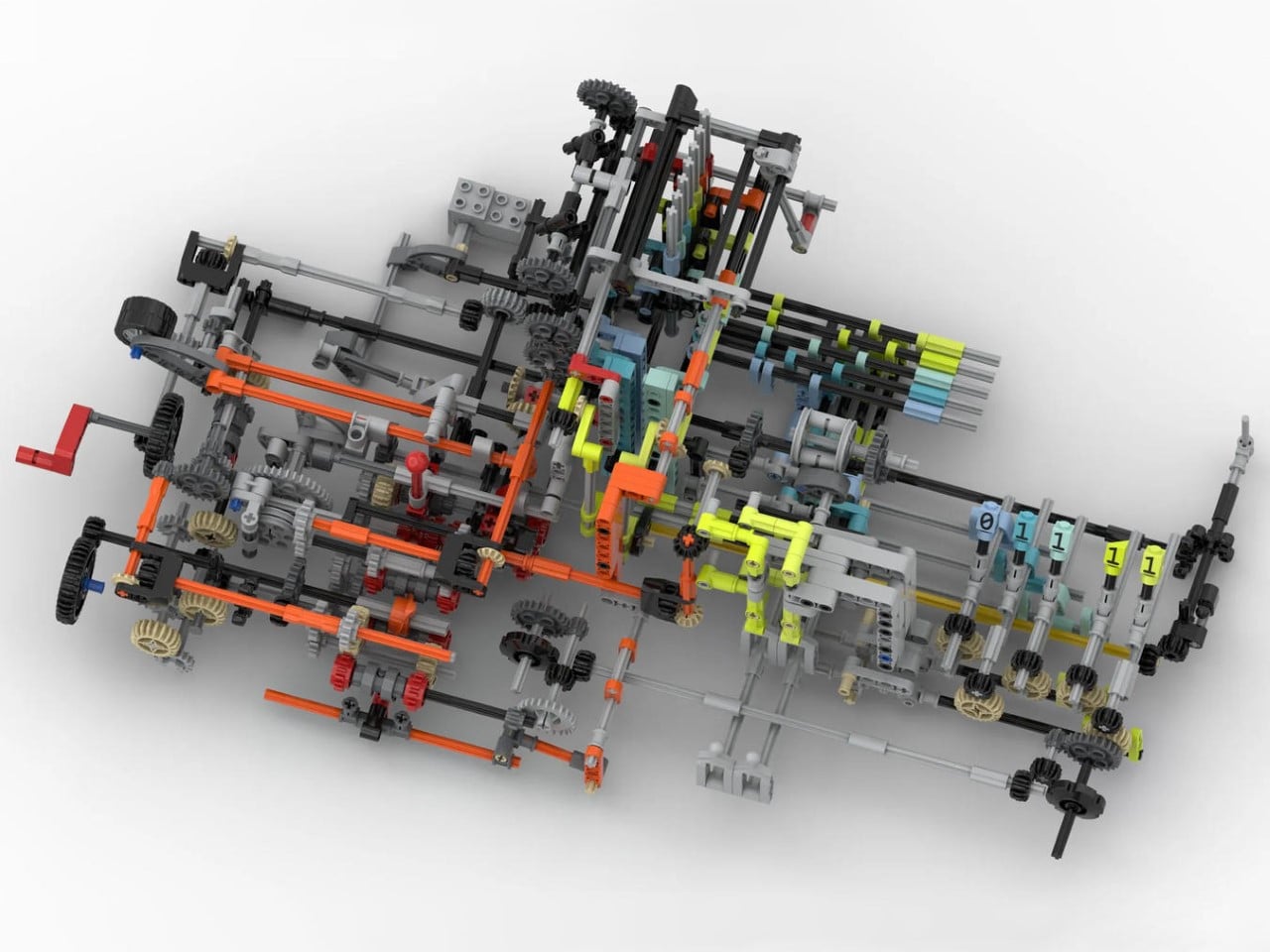
What’s truly fascinating here is how the model works entirely without electricity. This is a purely mechanical construction, powered by the simplest of human inputs: turning a crank. The intricate system of gears and linkages drives the machine’s operations, enabling the head to move, read symbols, and switch states according to the instructions. Over 2,900 LEGO pieces come together to make this possible, most of which contribute to the functionality or structural integrity of the build. Each piece plays a part, whether it’s part of the working system or providing crucial support to ensure that the delicate mechanisms remain precise.
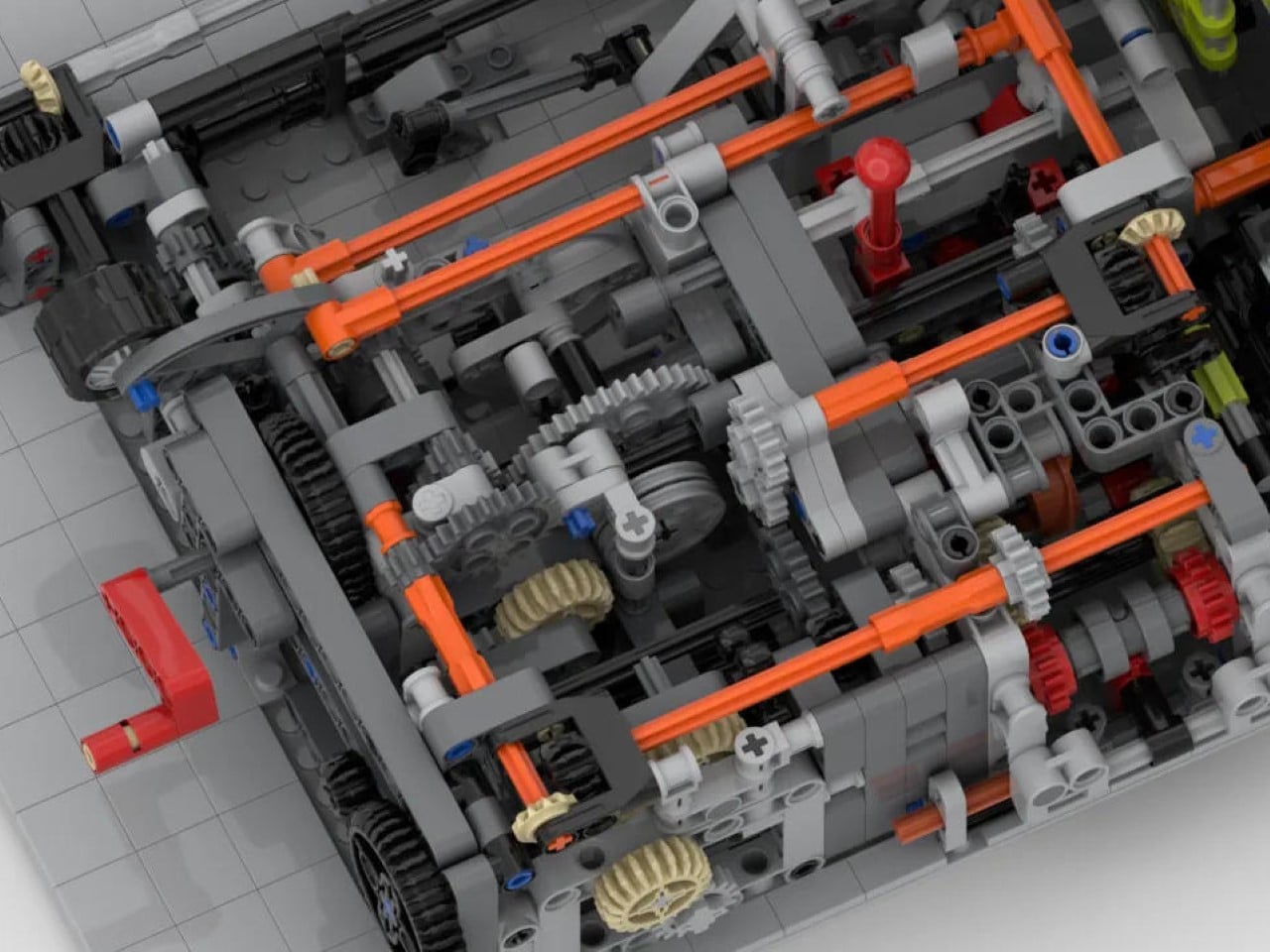
The LEGO Ideas Turing Machine is an intriguing blend of play and education. On one hand, it’s an engaging mechanical puzzle, but on the other, it’s a powerful tool for learning. By simulating Turing’s model, users can experiment with basic computational programs and see first-hand how the machine processes information. It bridges the gap between abstract computational theory and real-world interaction, offering a hands-on approach to understanding the origins of modern computing. It’s a feat of design engineering that stays true to Turing’s vision while making it approachable for a modern audience, using the universally beloved medium of LEGO.
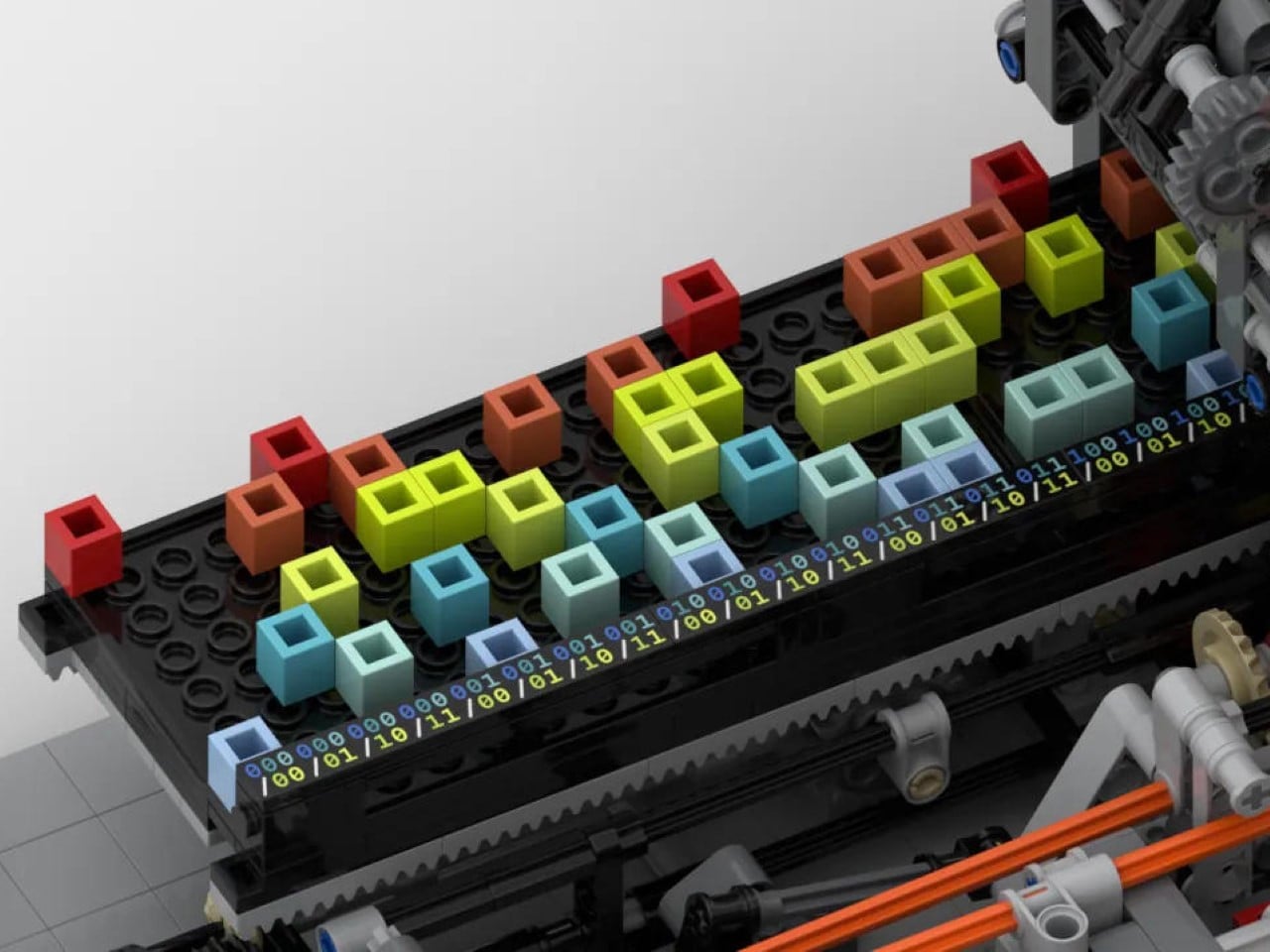
At nearly 3,000 pieces, the LEGO Ideas Turing Machine pushes the boundaries of what’s possible within the LEGO Ideas format, but it remains entirely purposeful. The sheer complexity of the build is undeniable, but so is its elegance. The model’s mechanical design requires both precision and durability, meaning many of the pieces are dedicated to supporting the delicate balance between function and form. It’s a model that feels like an achievement both in what it does and how it does it, all while maintaining a visually compelling and structurally sound design.
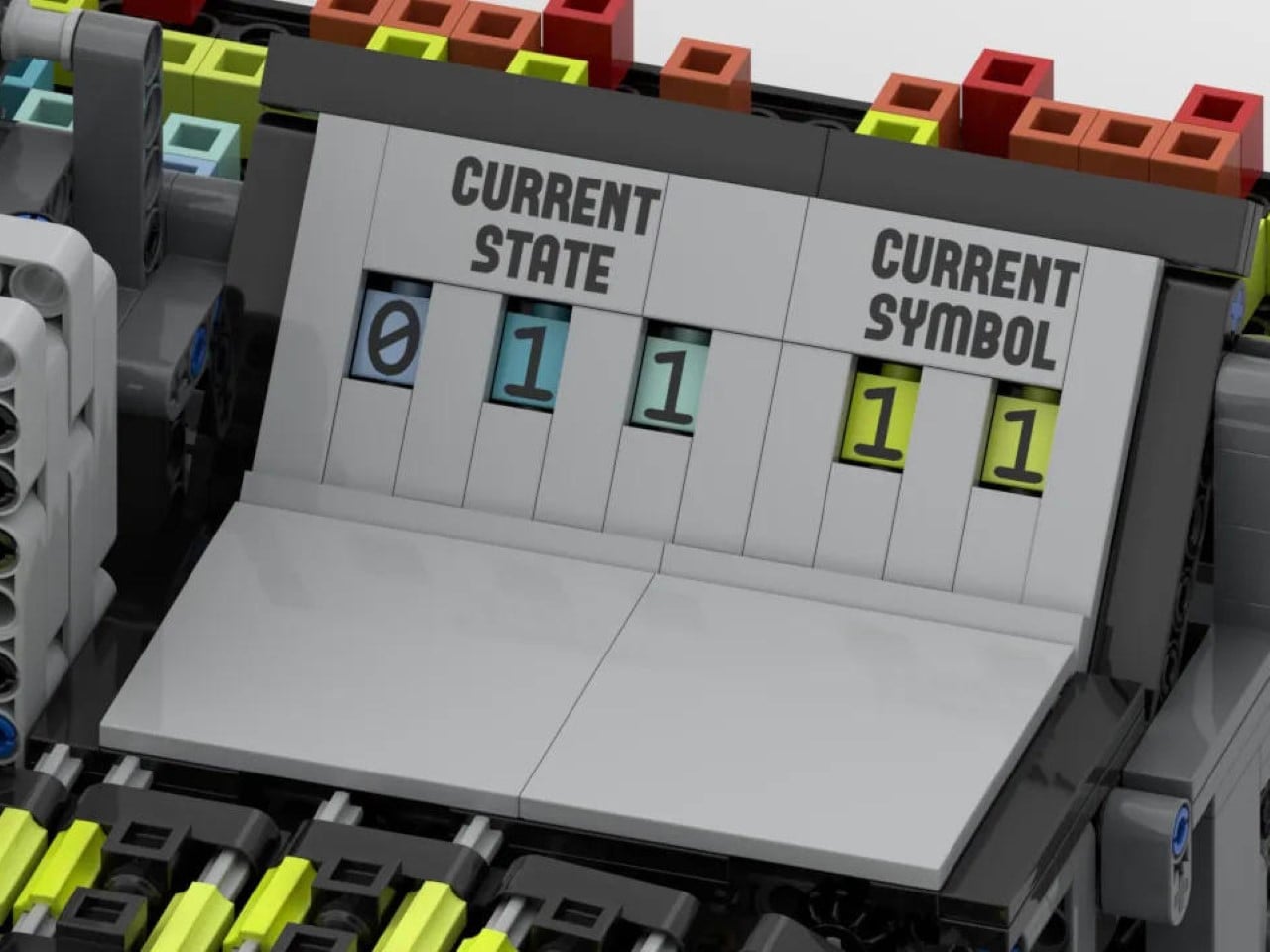
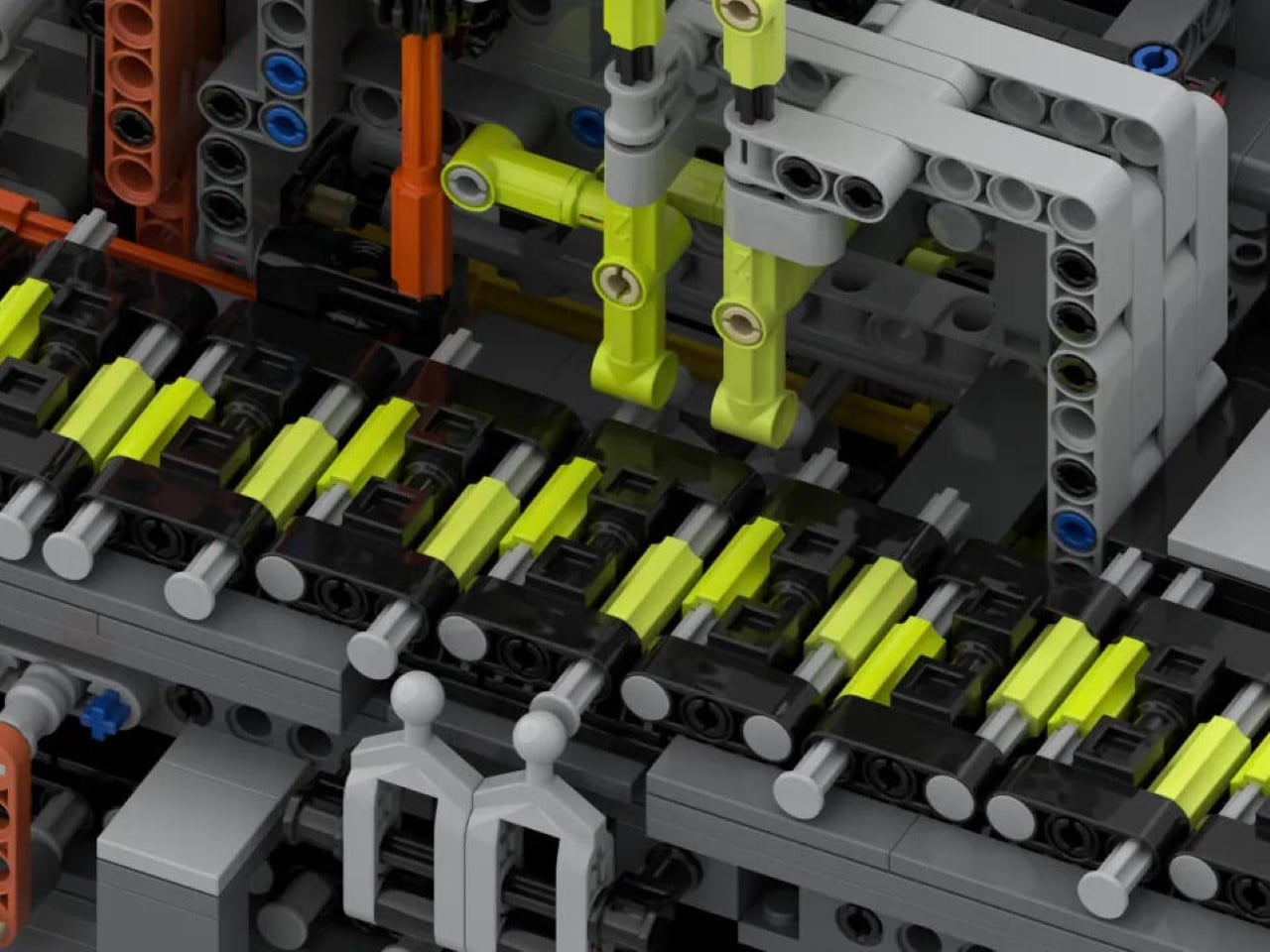
For designers and tech enthusiasts alike, the LEGO Ideas Turing Machine offers a rare opportunity to dive into a physical representation of one of the most significant developments in computational history. It’s currently a fan-made build on the LEGO Ideas website – an online forum for enthusiasts to share their creations, with the entire community voting for their favorite ones. With over 3,600 votes, this particular MOC (My Own Creation) is well on its way to hitting the 10,000 vote mark, following which the entry will be reviewed by LEGO’s internal team and hopefully turned into a box set that people can buy and build. It would make a phenomenal STEM toy, wouldn’t it?! You can vote for the LEGO Ideas Turing Machine on the LEGO Ideas website here.
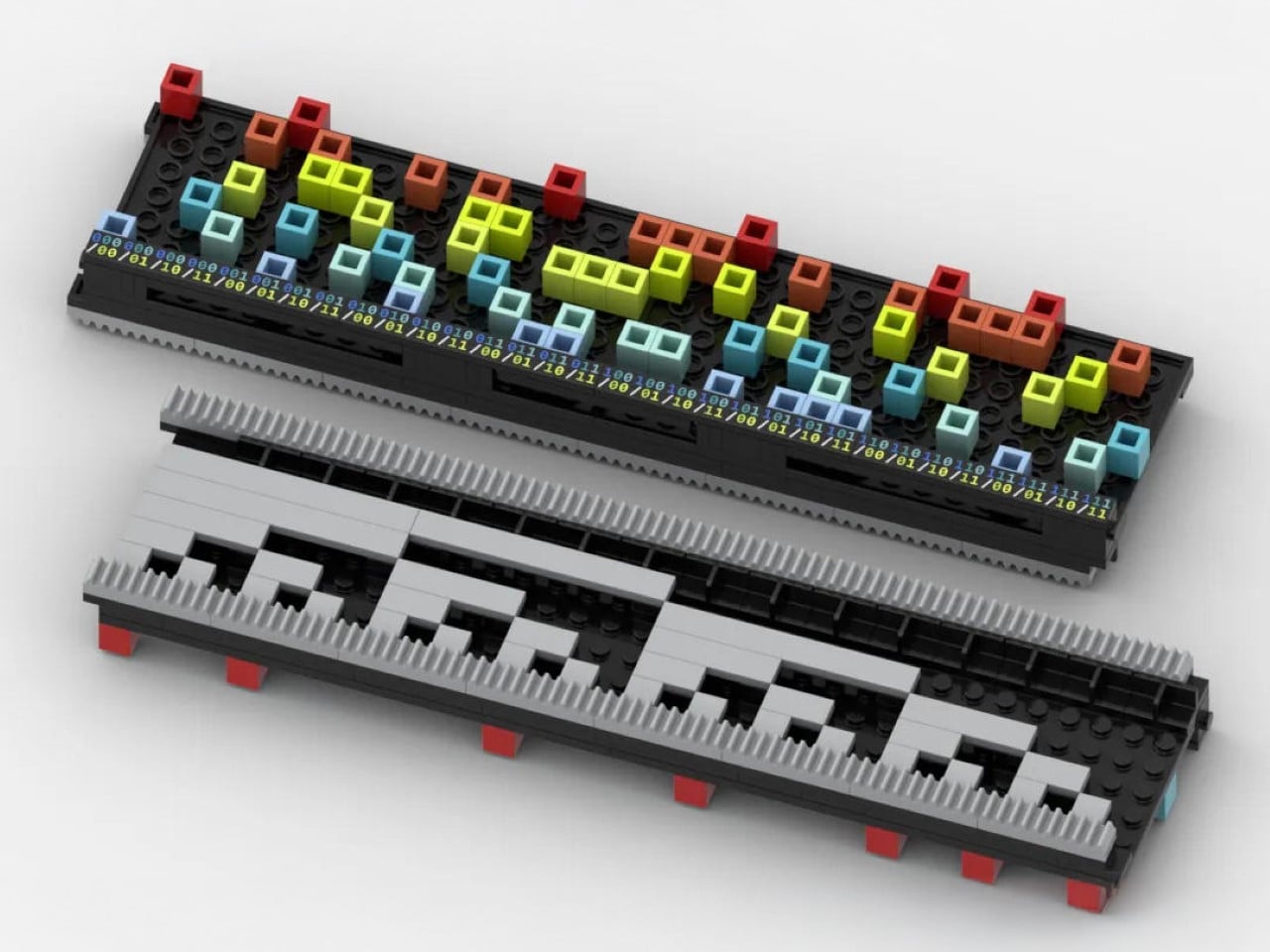
The post Functional LEGO Turing Machine Brings Algorithm Processing to Life with 2,900 Bricks first appeared on Yanko Design.
